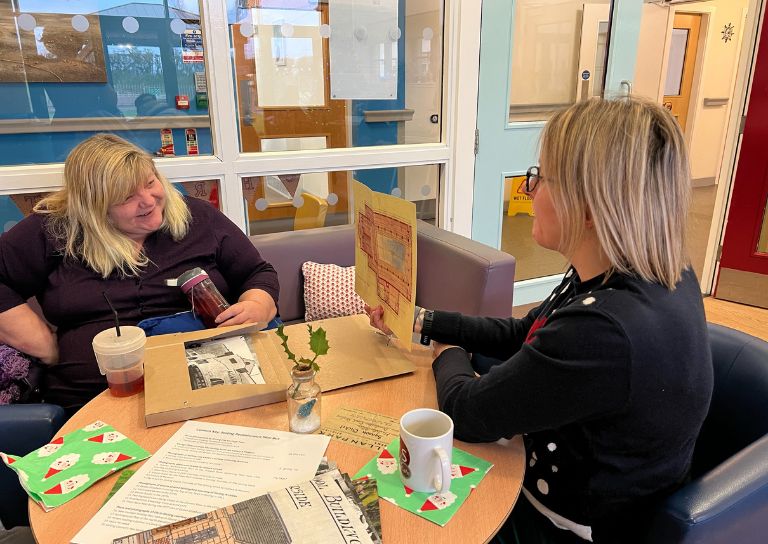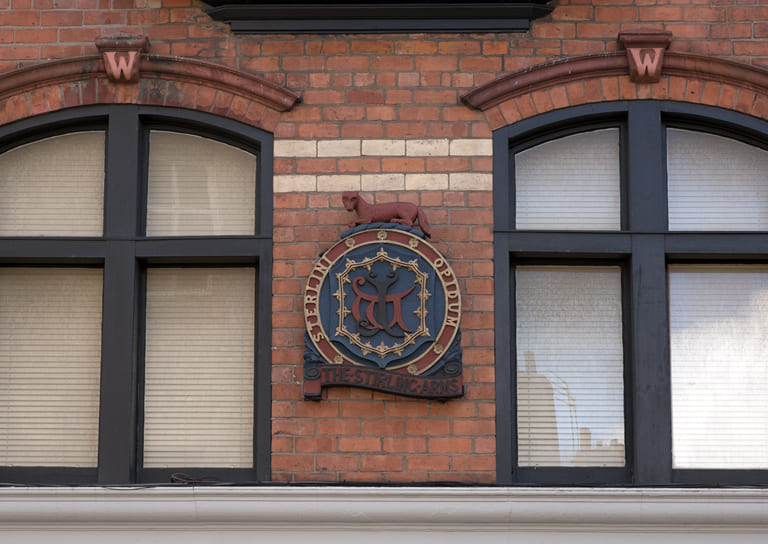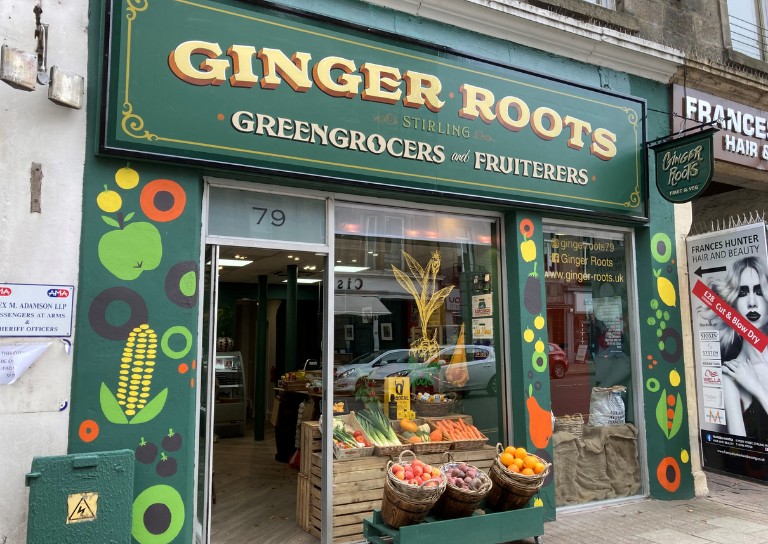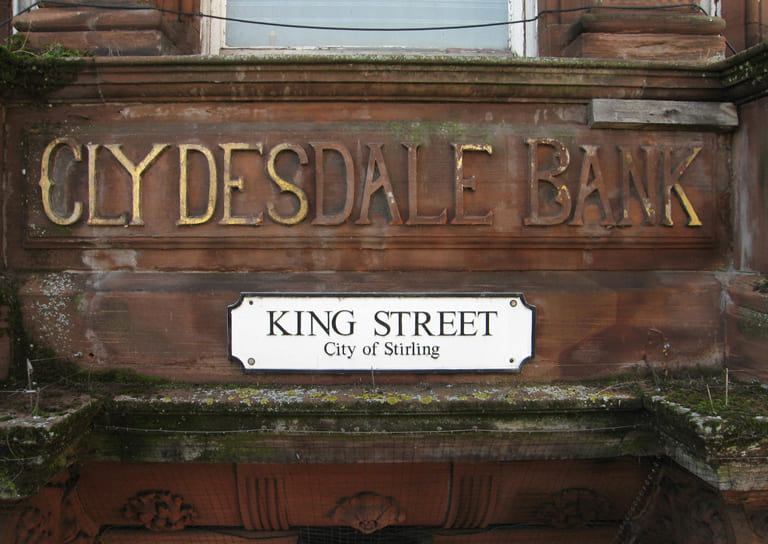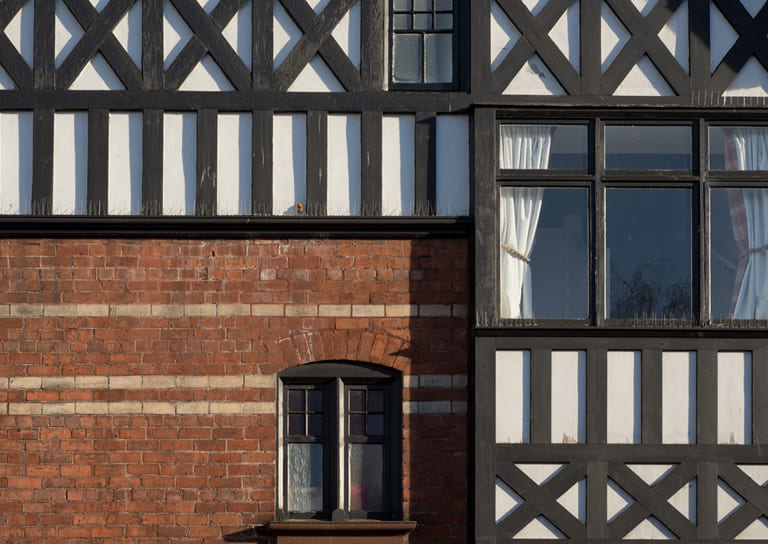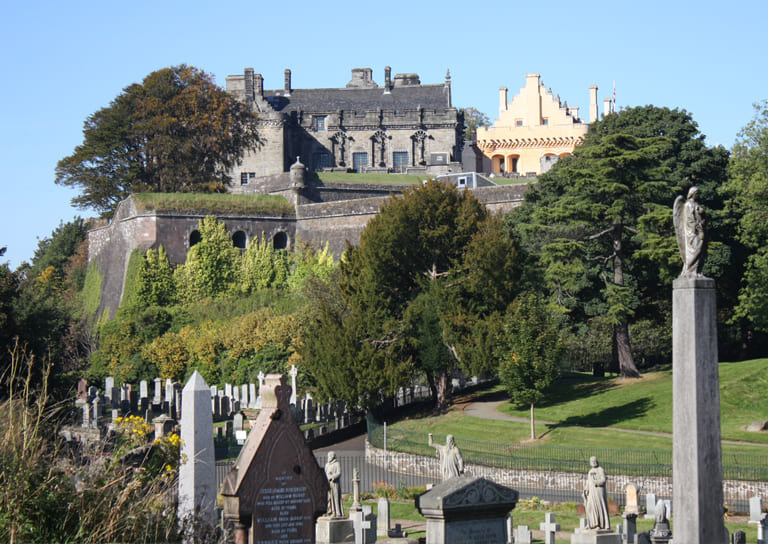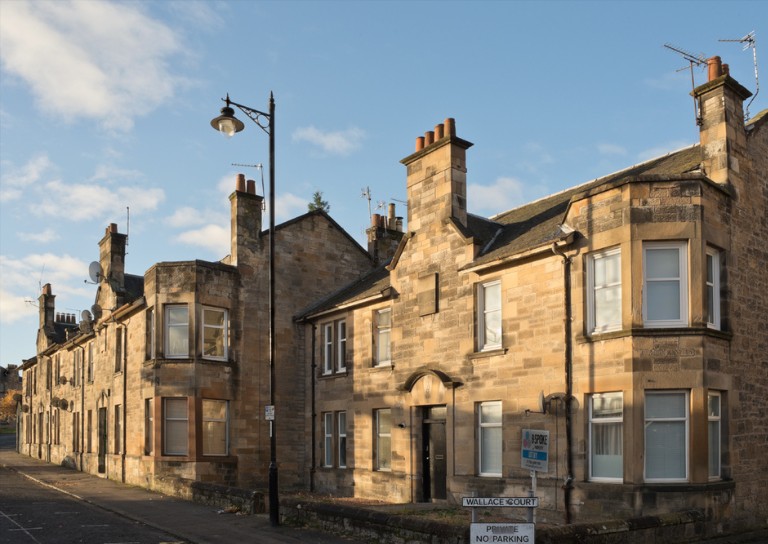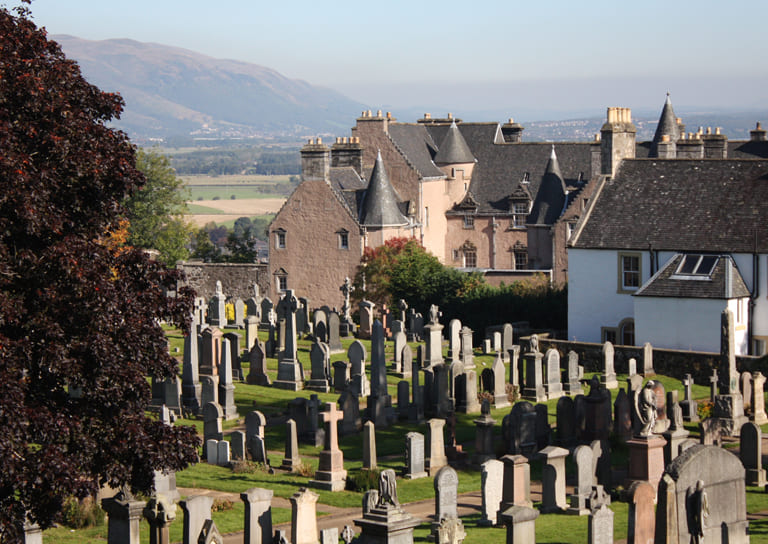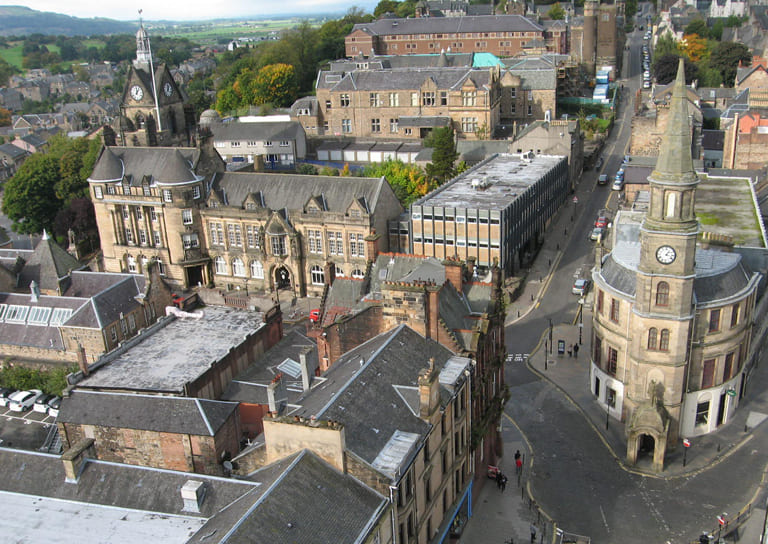- Home
- Our Work
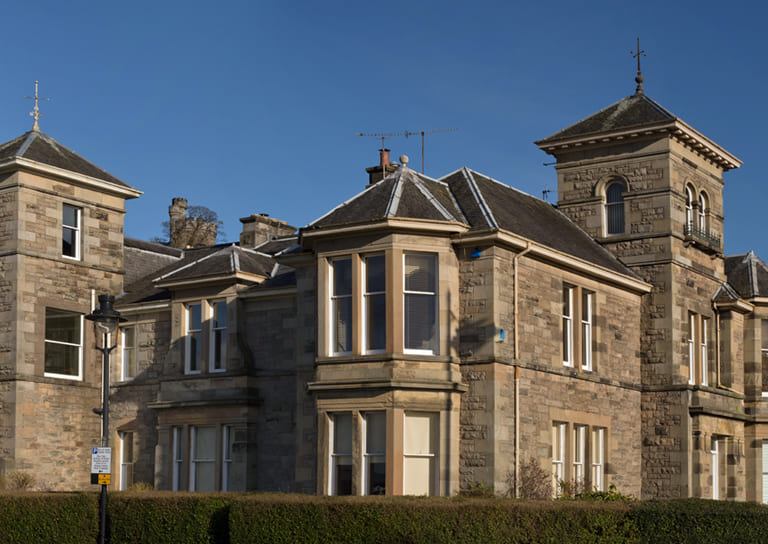
- Stirling's Story
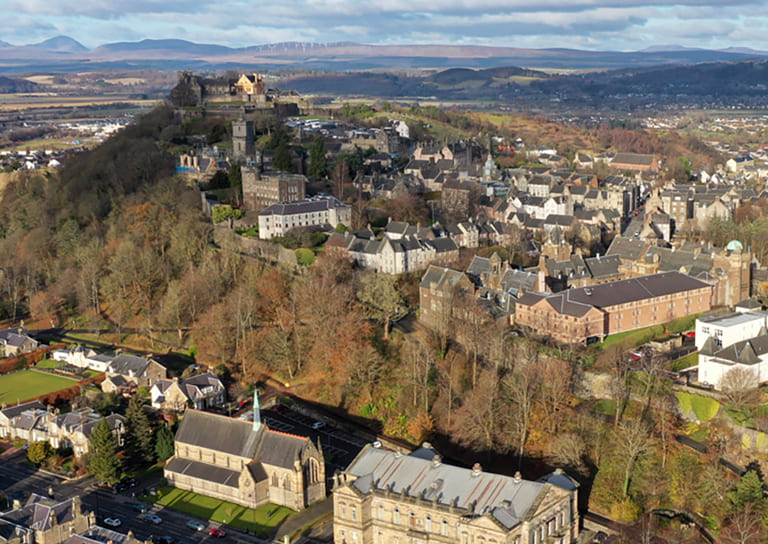
- Blog
- Beechwood House and the Transatlantic Slave Trade
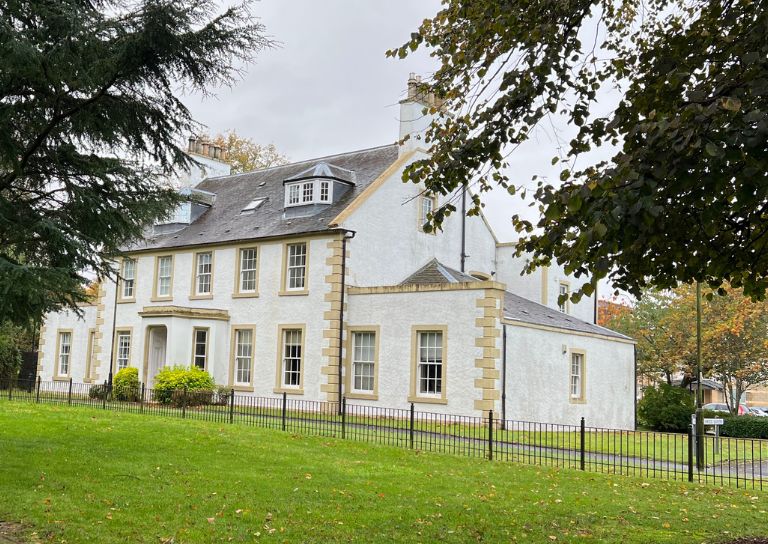
- New Retrofit Service now available for Traditional Buildings Health Check Members
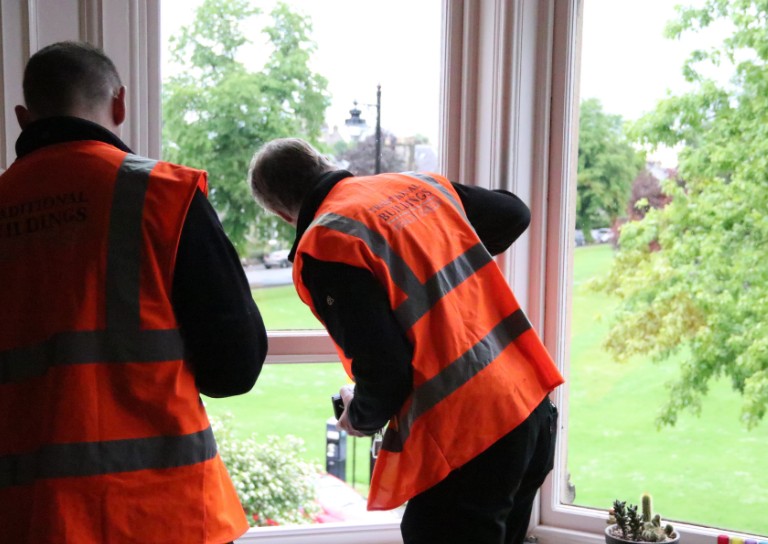
- Retrofitting Traditional Buildings: Chimneys
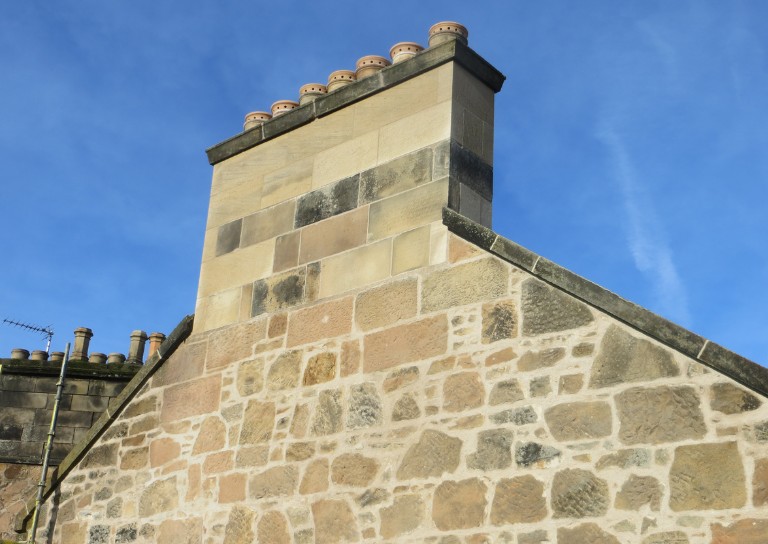
- SCHT 20: Championing Women in Construction
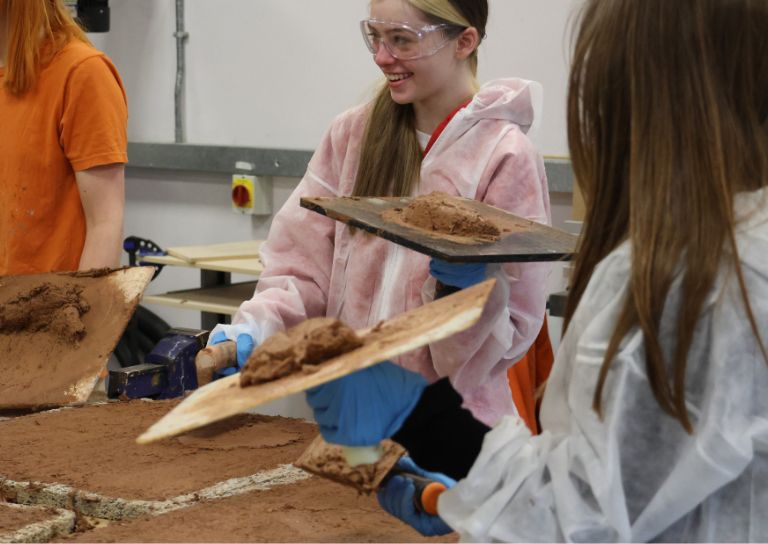
- Stirling's Lost Swimming Pools
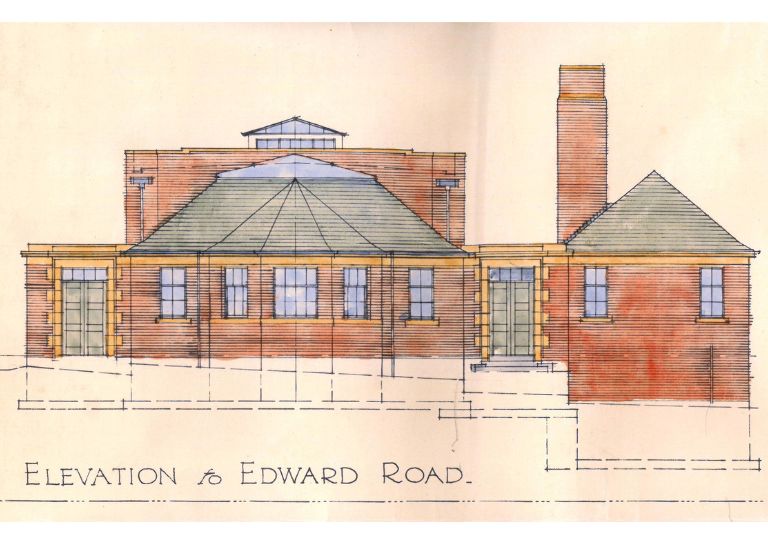
- Women in Construction at Bannockburn House
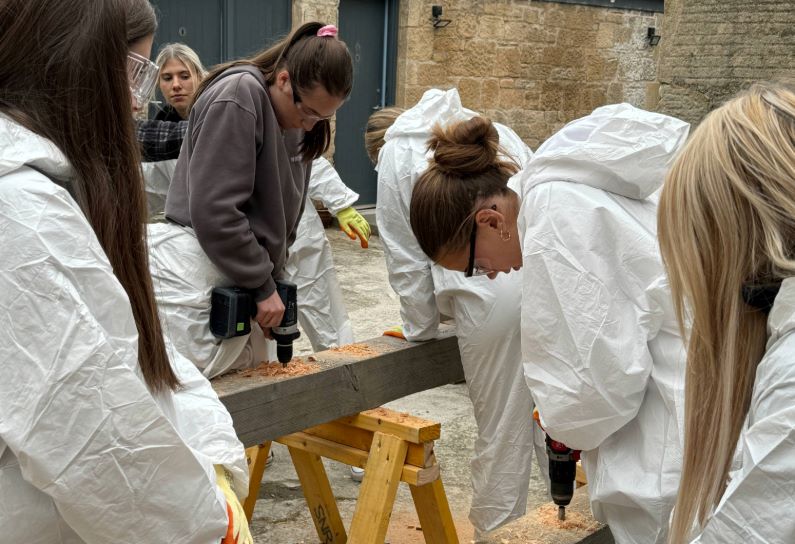
- Avenues to the Past: Stirling’s Historic Streets Exhibition
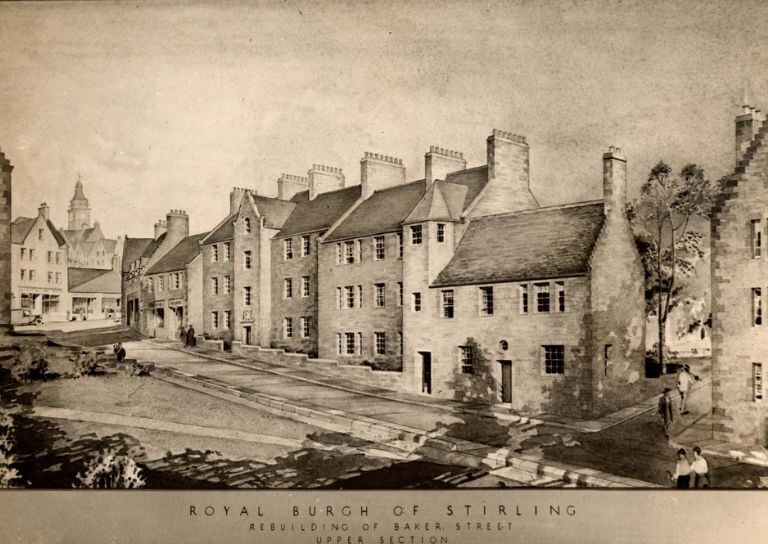
- Retrofitting Traditional Buildings
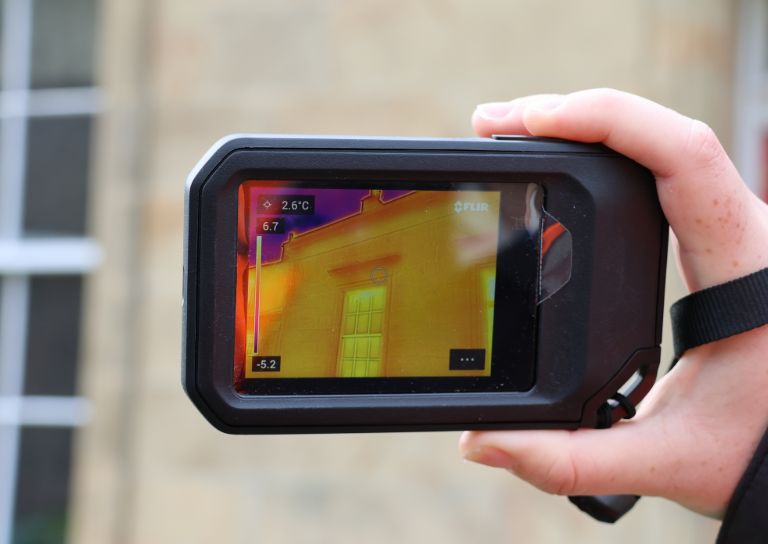
- Retrofitting Traditional Buildings: Windows
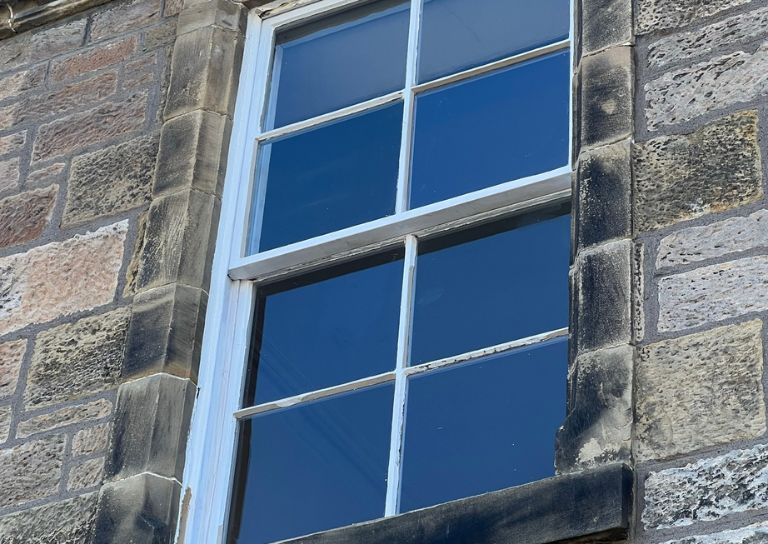
- Statement on Langgarth House
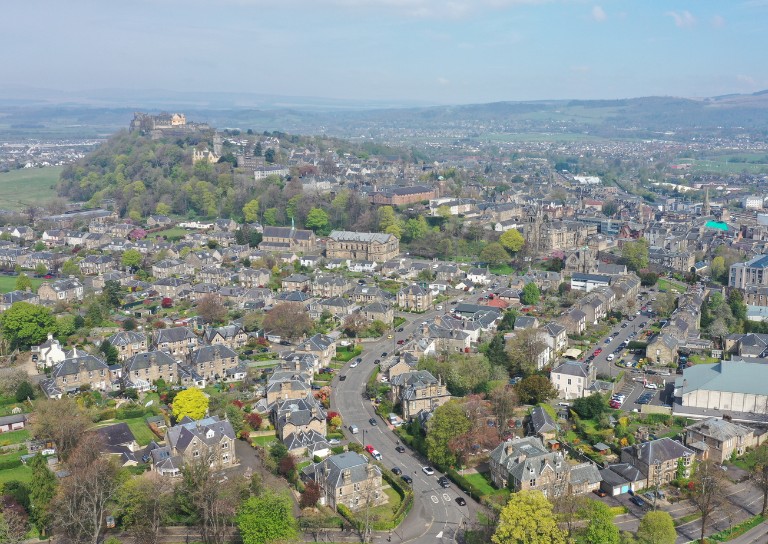
- Guest Blog: Dementia Friendly Heritage Interpretation
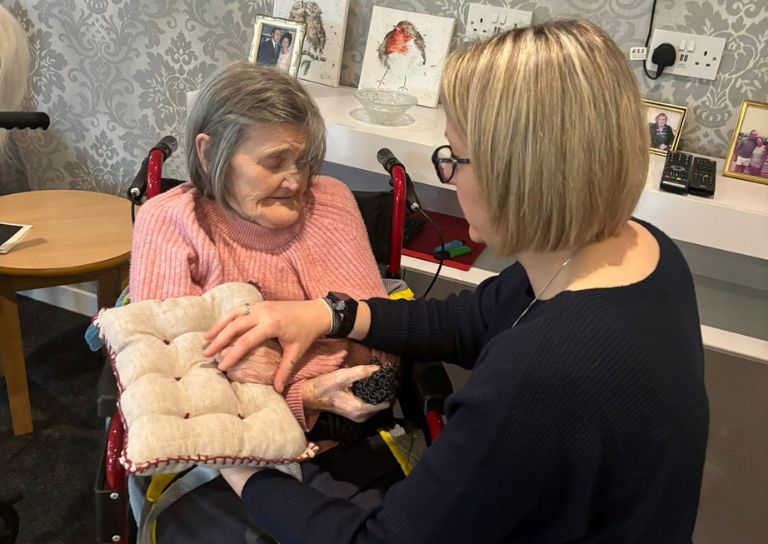
- SCHT Grant Conditions: Owners Associations
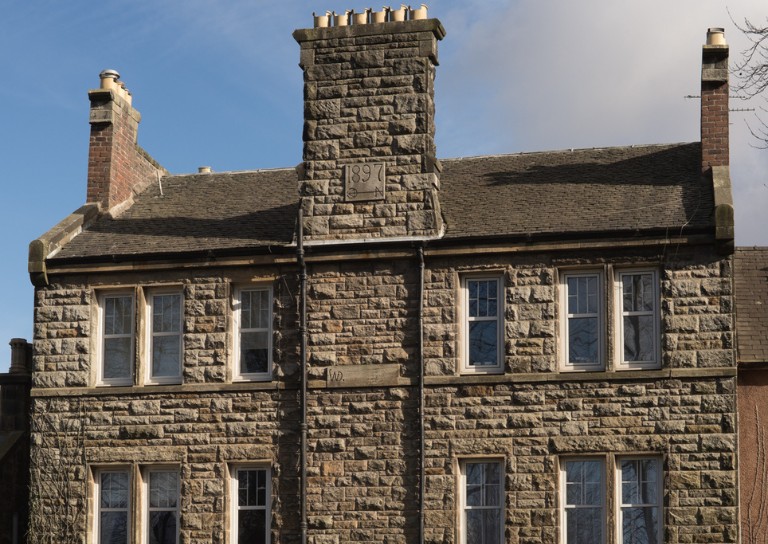
- Stirling Business Awards 2025

- What is a Conservation Area
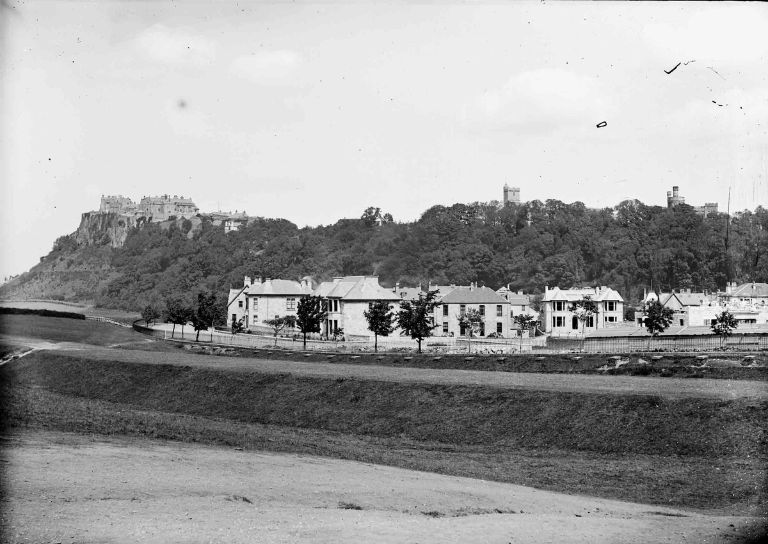
- 20 Great Buildings of Stirling
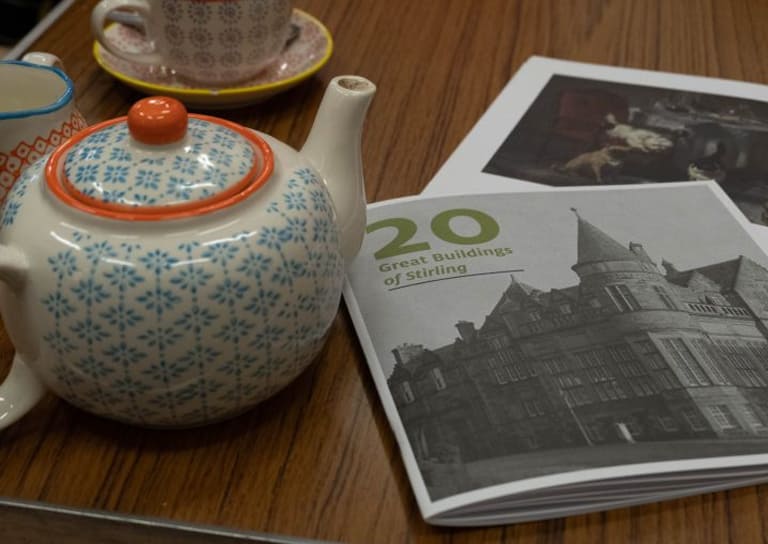
- Building Resilience: Maintaining Traditional Buildings
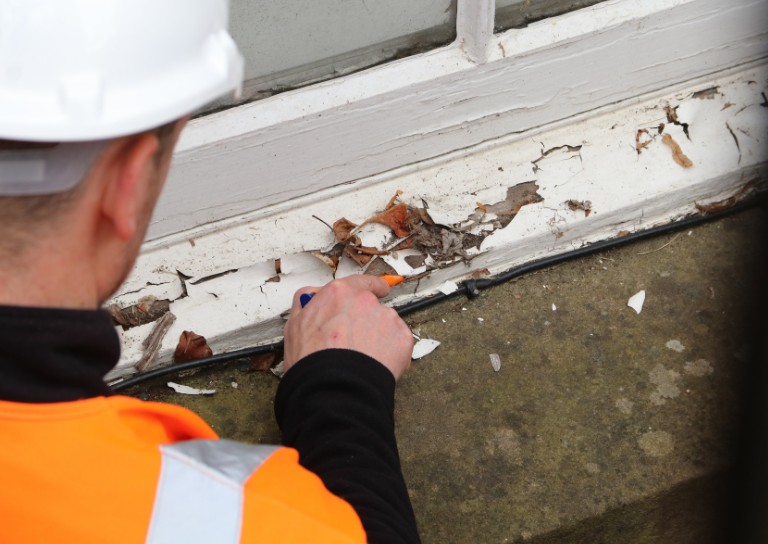
- Architects and The Thistle Property Trust

- World Heritage Day: Exploring Hayford Mill
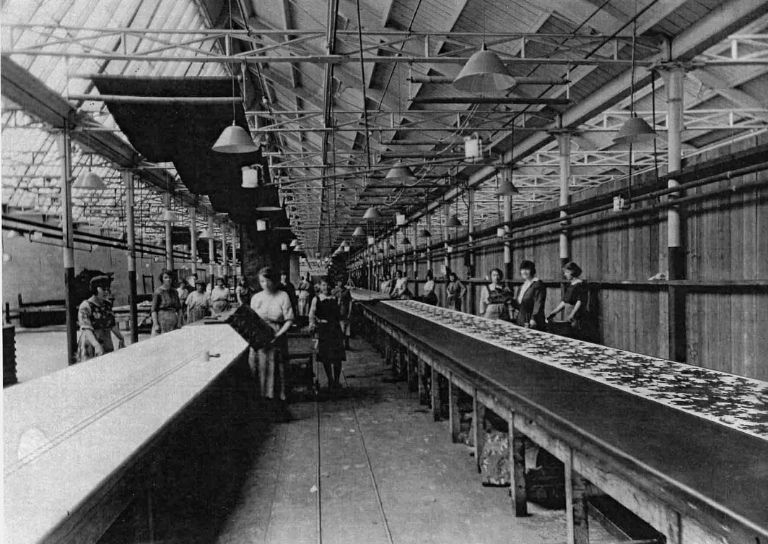
- Community Consultation launched for Stirling’s Heritage Strategy
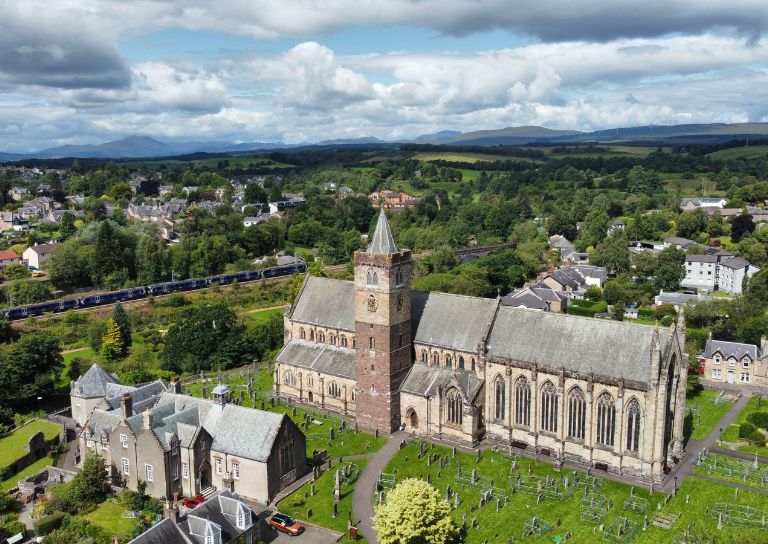
- SVE Inspire Awards September 2024
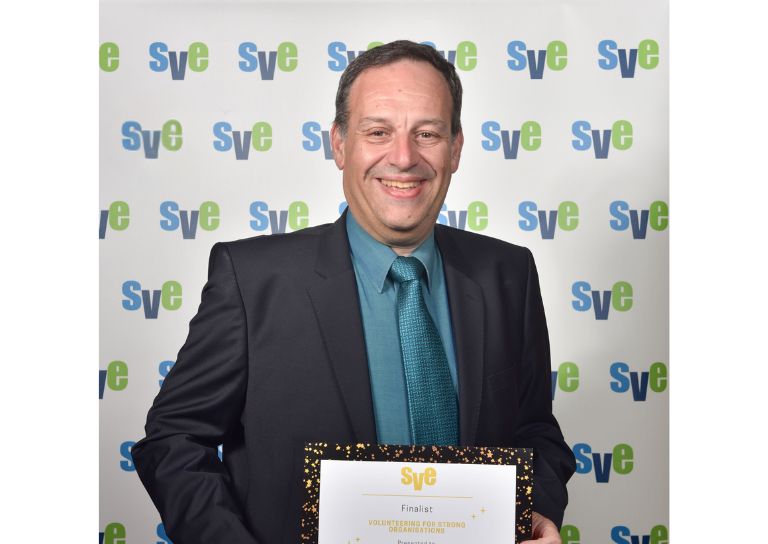
- Reminiscence Art Project
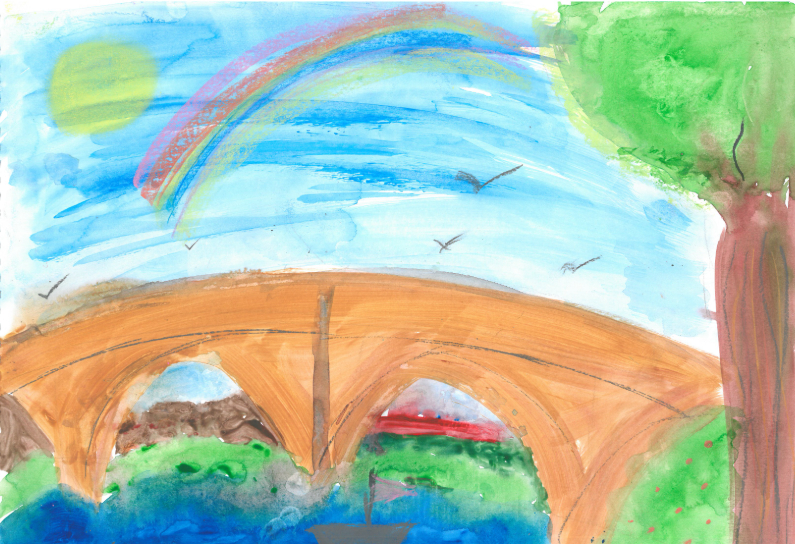
- On the European Stage: Preserving by Maintaining conference, Bratislava
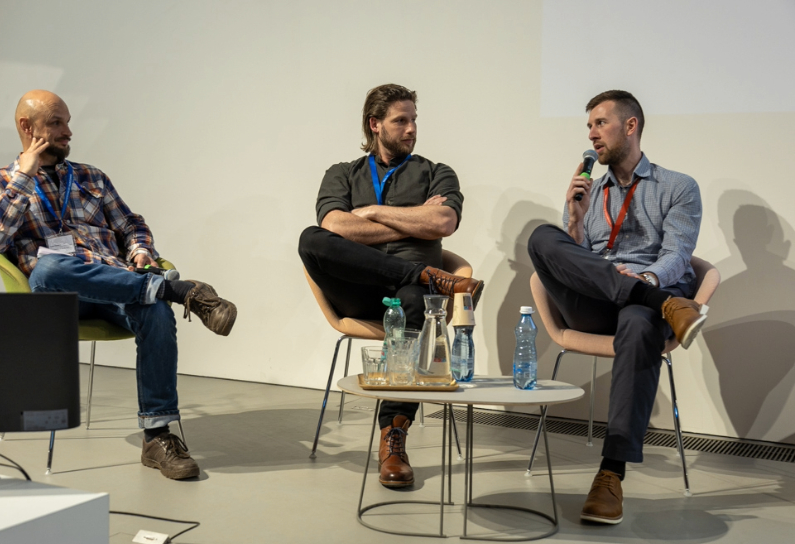
- The Abolition Movement in Stirling
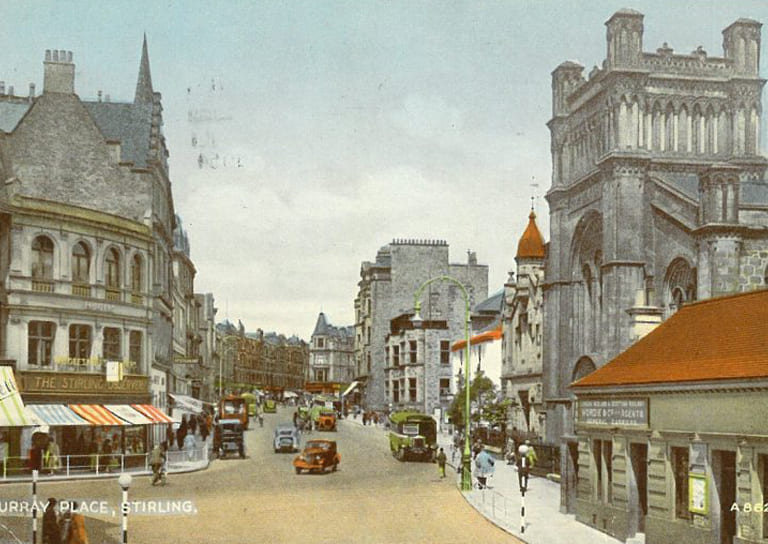
- Shopping Arcades
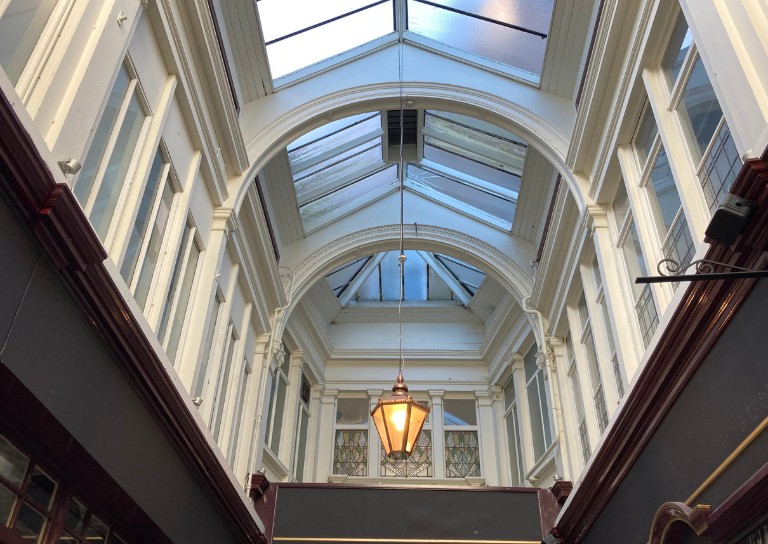
- Retrofitting Traditional Buildings: Insulation
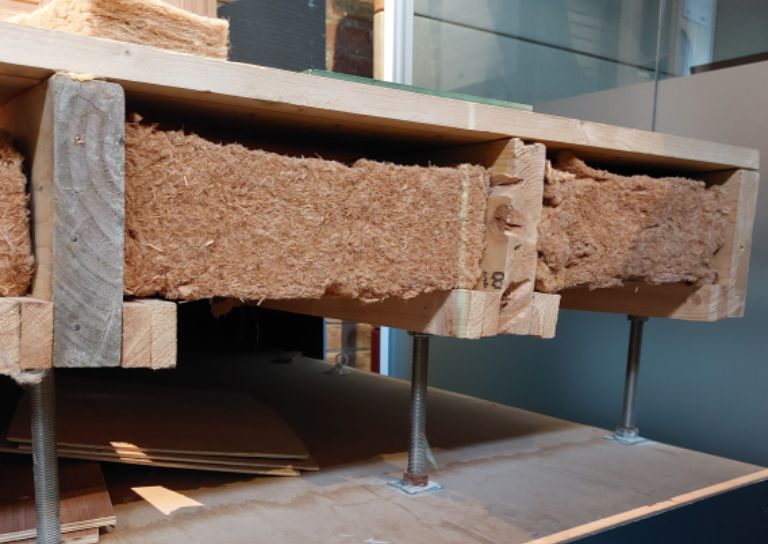
- Retrofitting Traditional Buildings: Climatic Adaptation
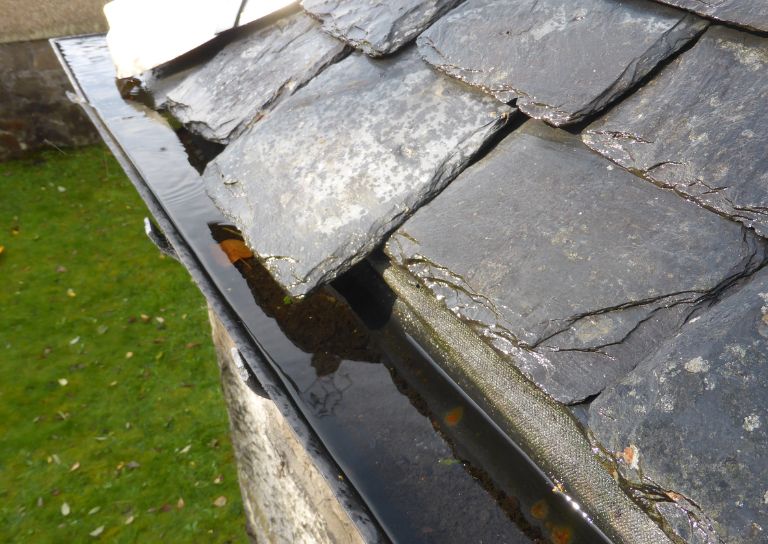
- Kings, Wolves and Drones: 20 years of care and repair at Stirling City Heritage Trust

- Practical Workshop on Retrofitting Insulation with A. Proctor Group
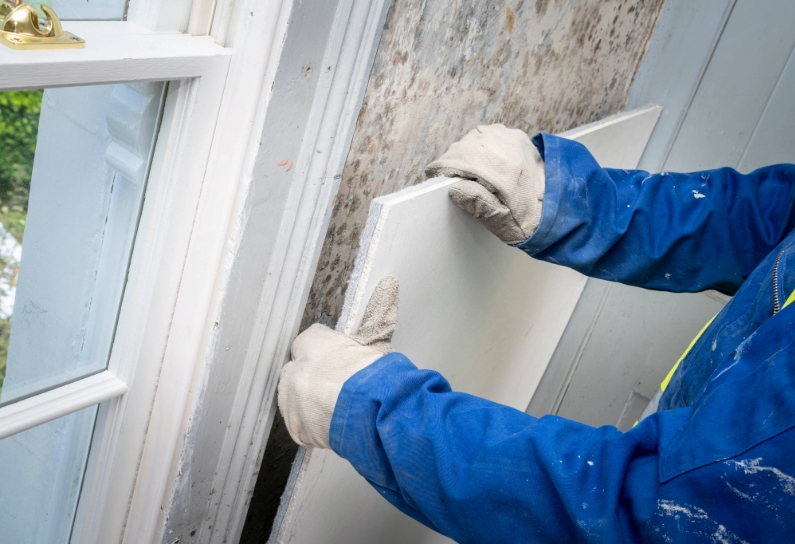
- Marking the 80th anniversary of VE Day
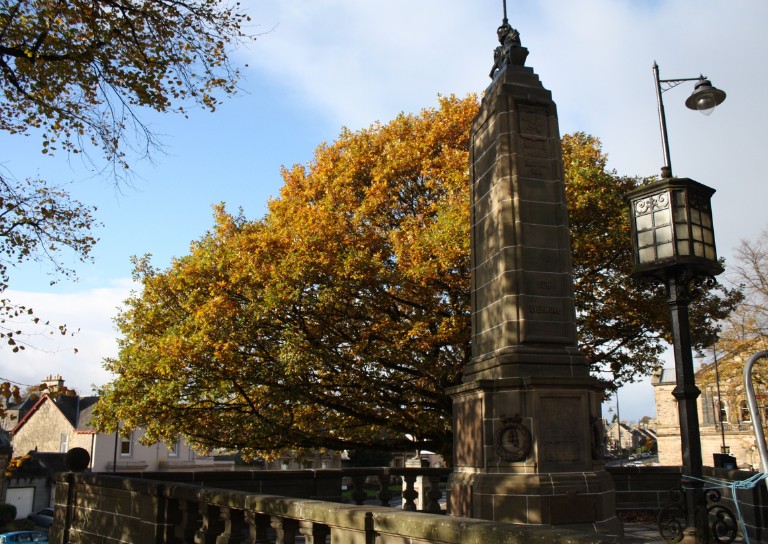
- Walker Family Visit
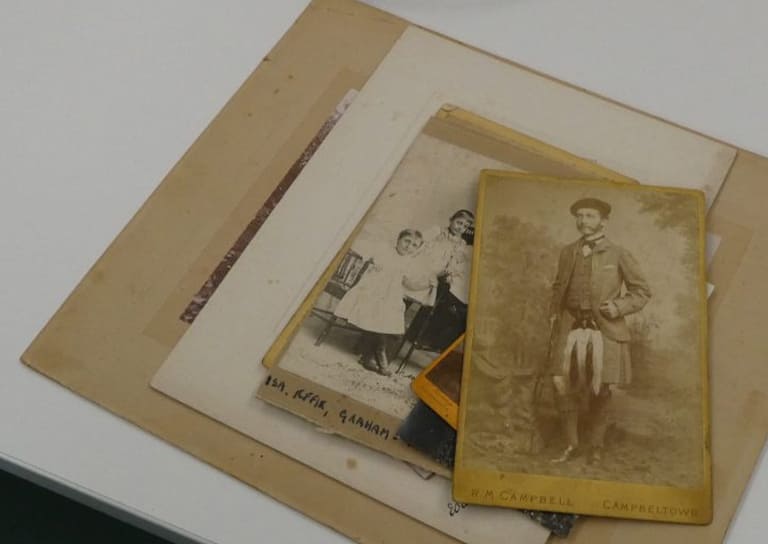
- Retrofitting Traditional Buildings: Fabric First
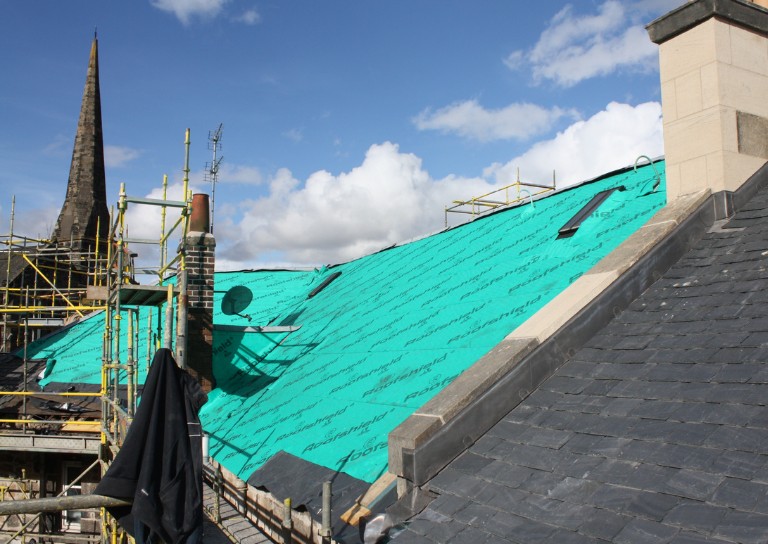
- Supporting traditional building repair in Stirling
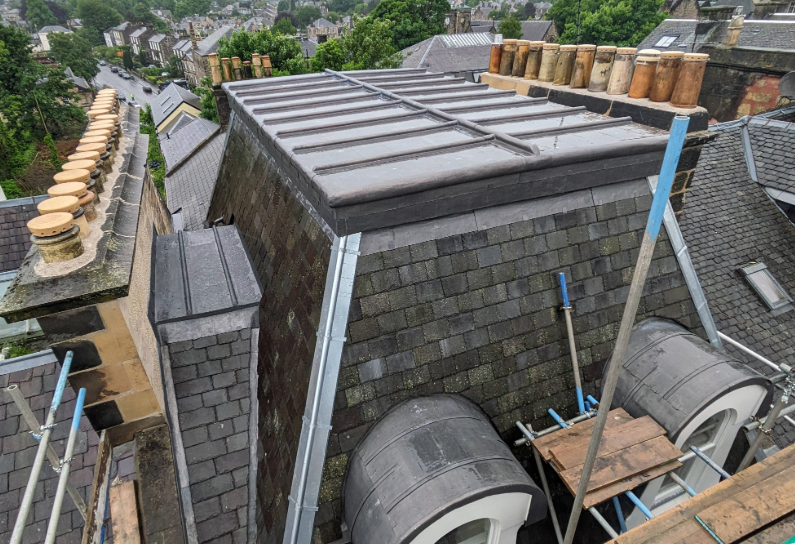
- Stirling's Historic Jails
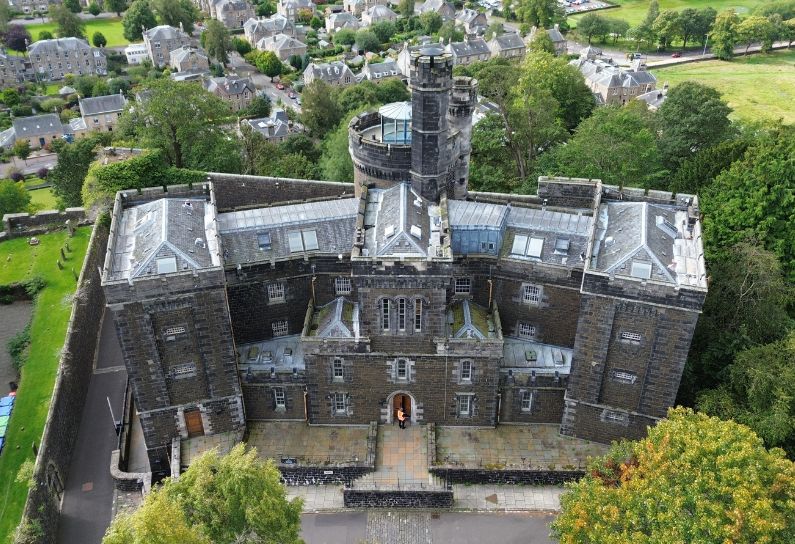
- Ghost Tales from Stirling
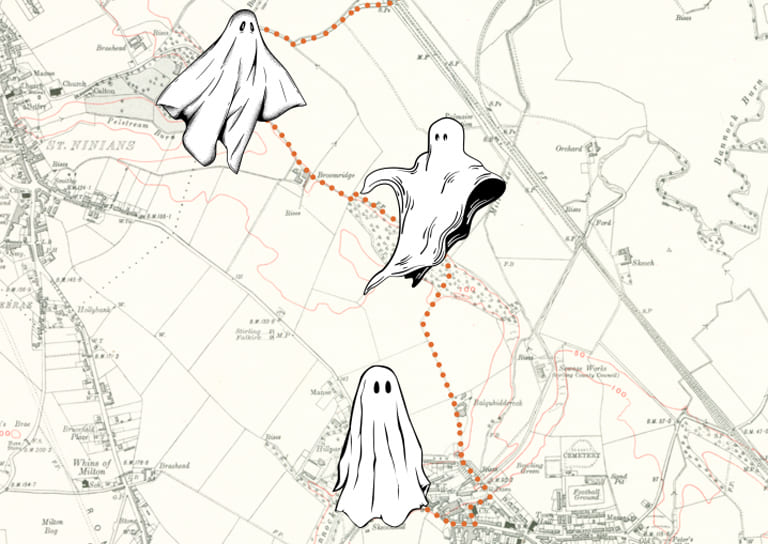
- Stirling Reminiscence Box
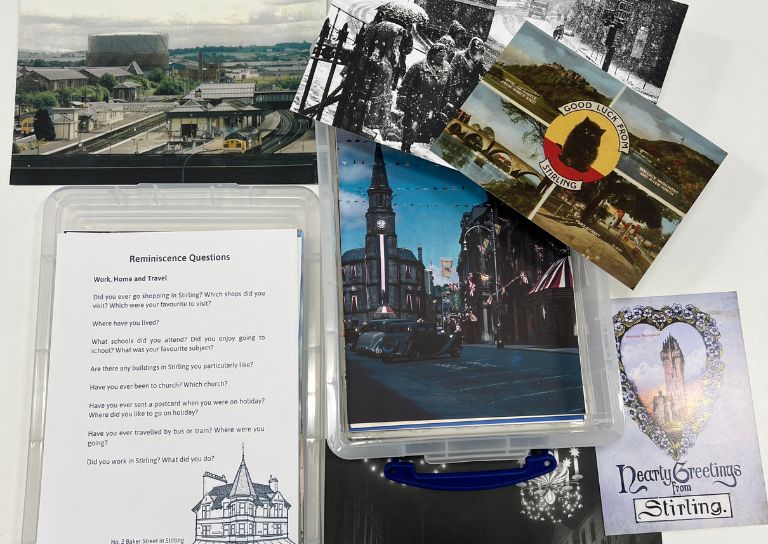
- Stirling City Heritage Trust at 20
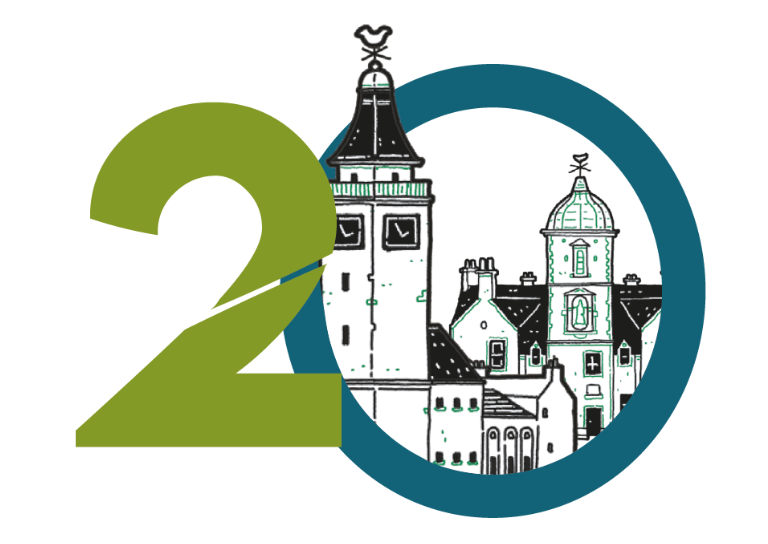
- Retrofit Event: Meet the Suppliers
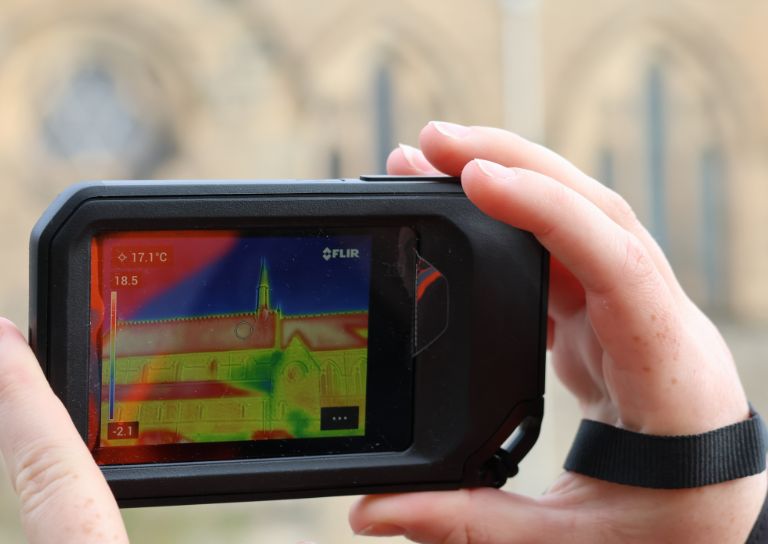
- Snowdon House and The West Indies
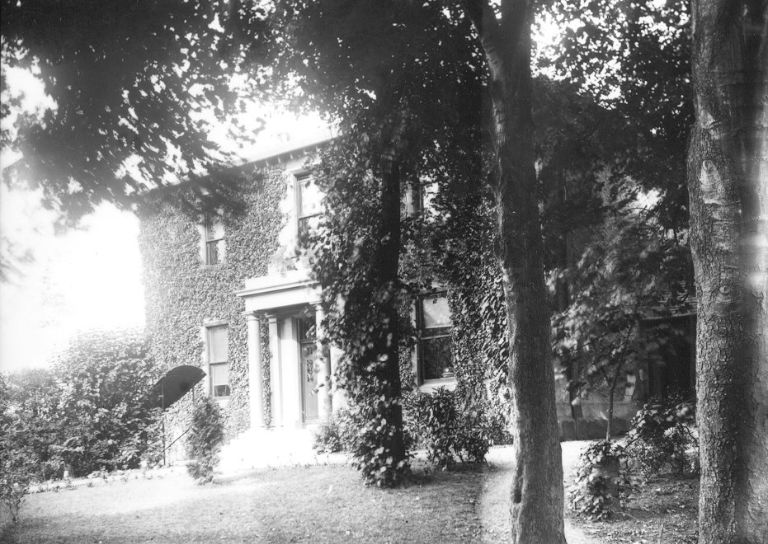
- Miss Curror and the Thistle Property Trust
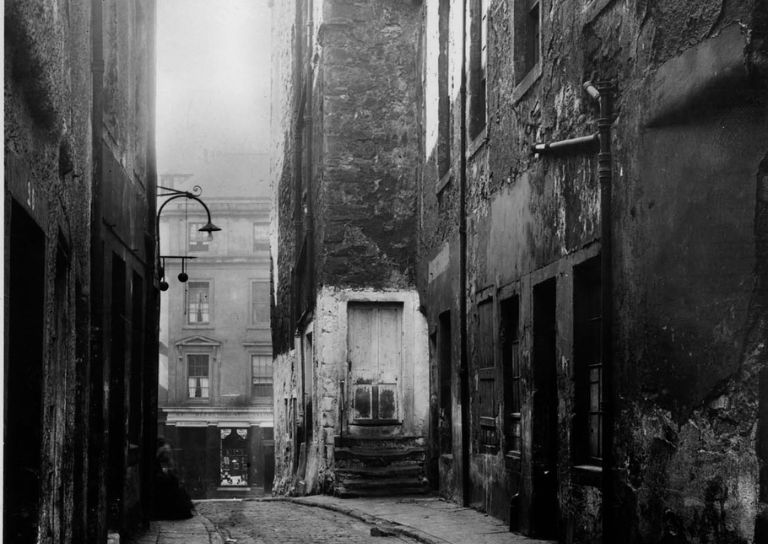
- Dr Lindsay Lennie retires from Stirling City Heritage Trust
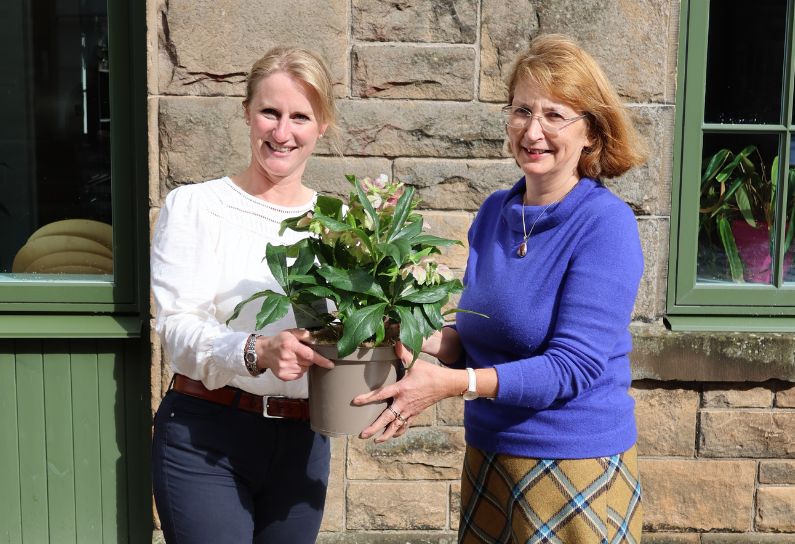
- Stirling’s Streetscape Stories: Photography Workshop
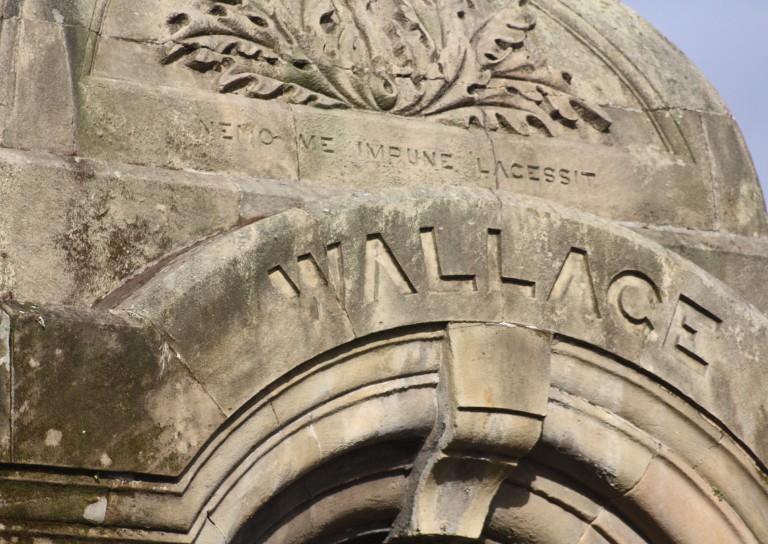
- Level 3 Award in Energy Efficiency for Older and Traditional Buildings Retrofit Course (2 Day)

- Stirlingshire’s Highland Games
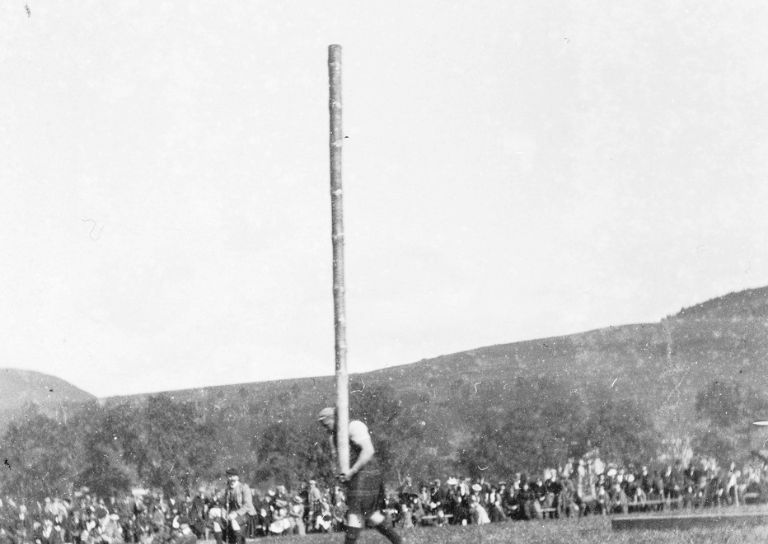
- Creative careers in the heritage sector
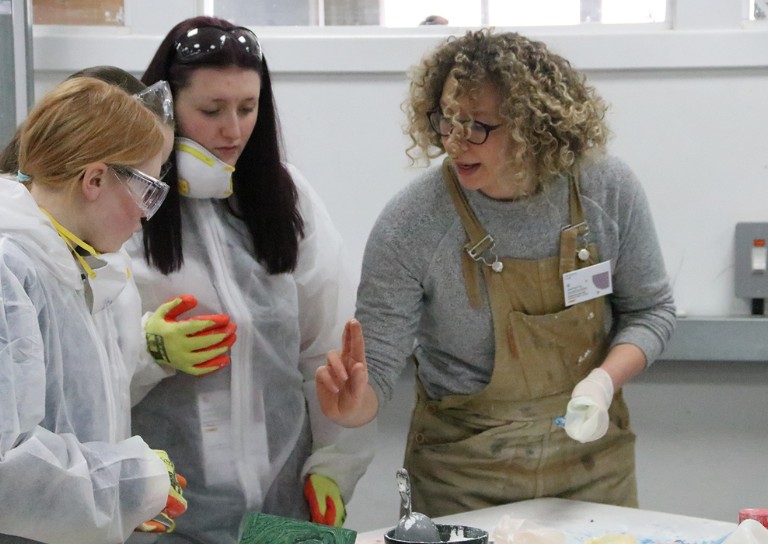
- Postcards From Stirling
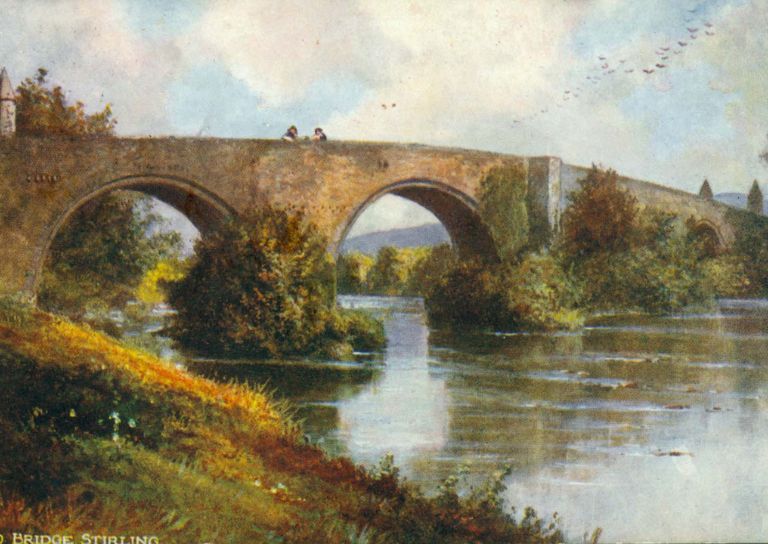
- Stirling’s Gala Days
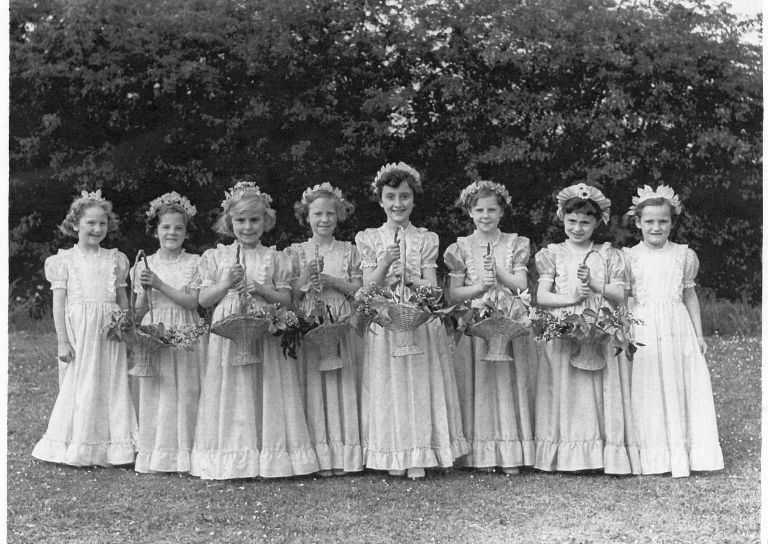
- Building Surveying Student Intern at Stirling City Heritage Trust
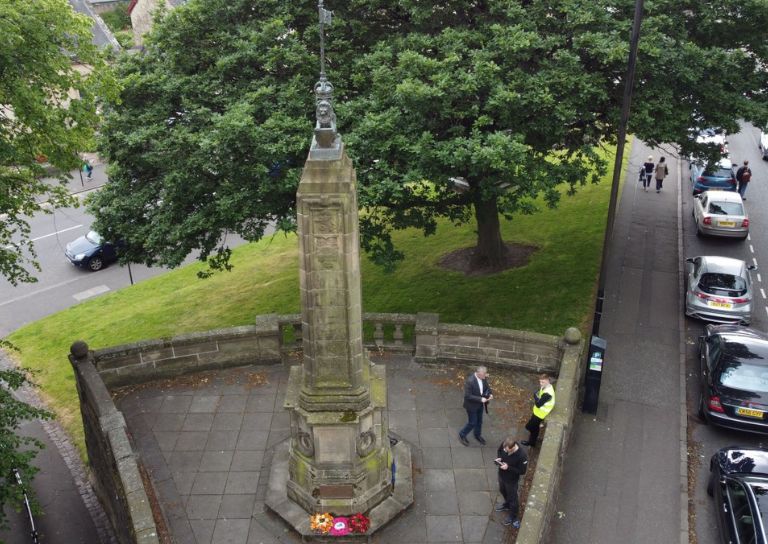
- Heritage Trail: Stirling Walks
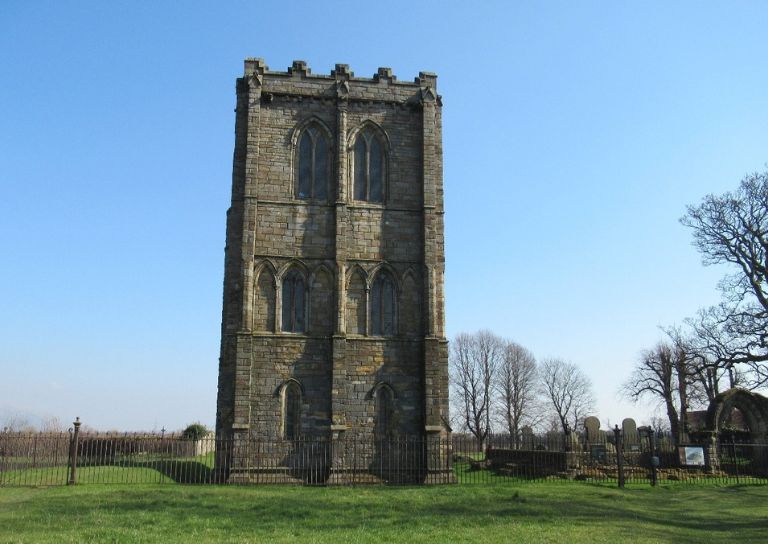
- Local History Resources
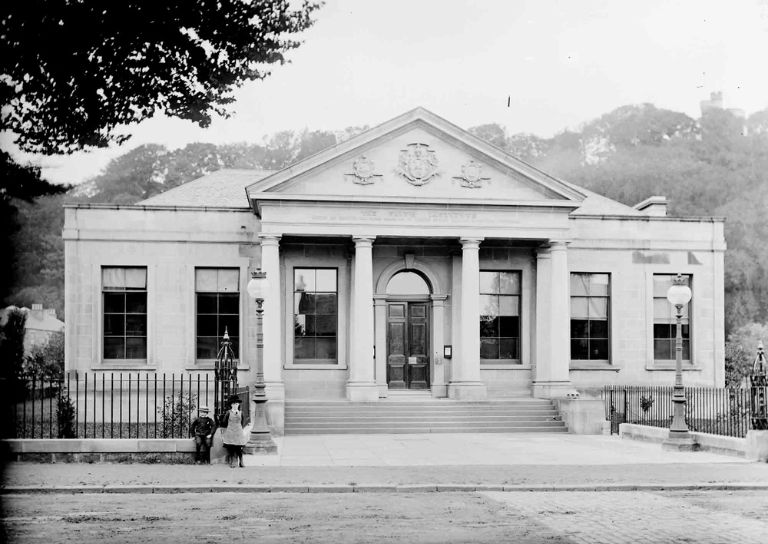
- Stirling Through the Decades
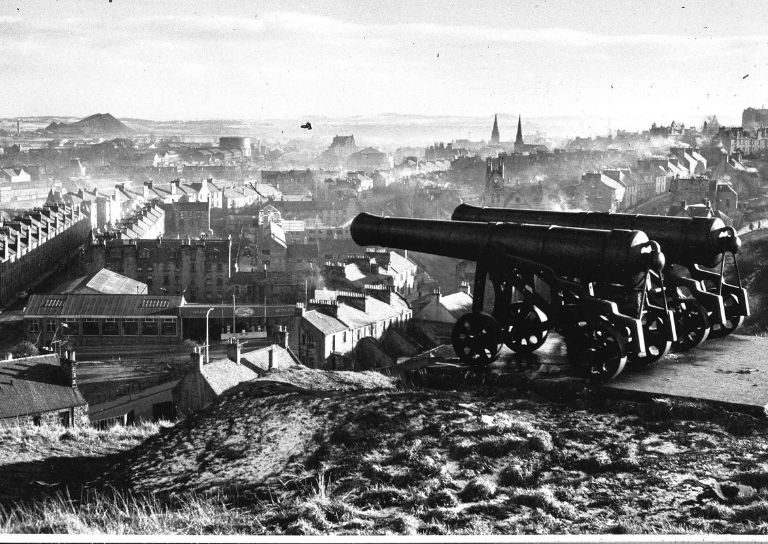
- Stirling’s STEM Pioneers

- Traditional Skills: Signwriting
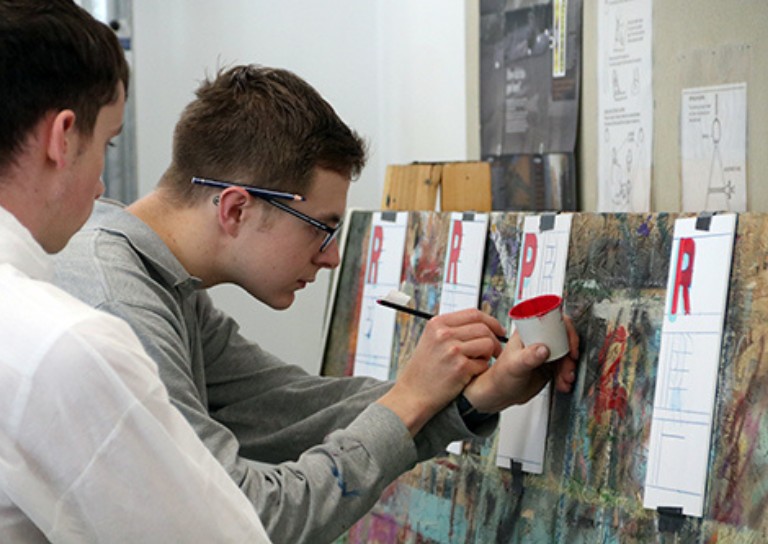
- Christian MacLagan, a pioneering lady, but born too soon?
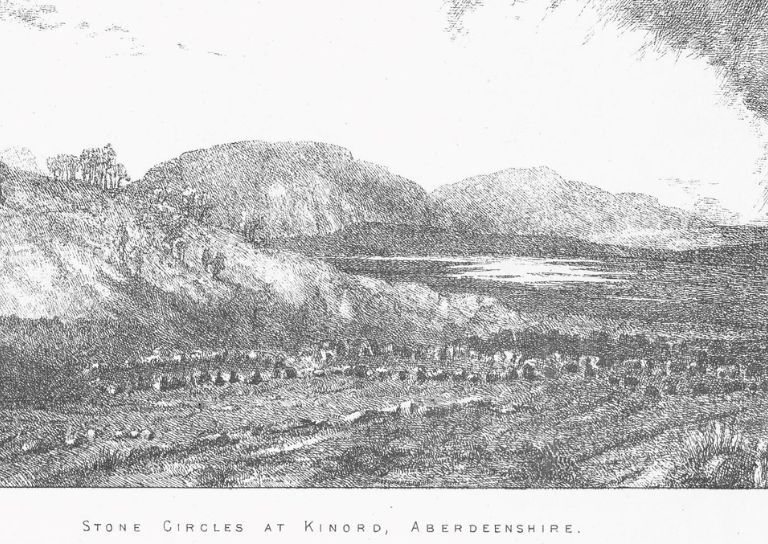
- Traditional Shopfronts in Stirling
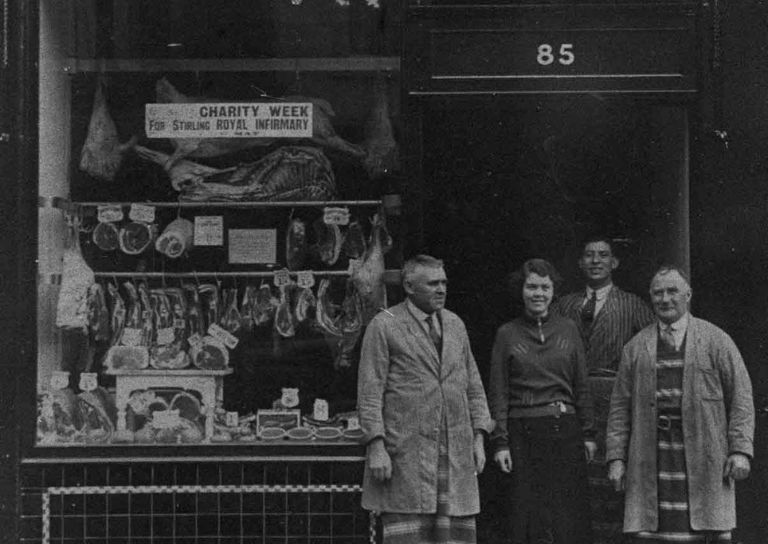
- Stirling History Books for World Book Day
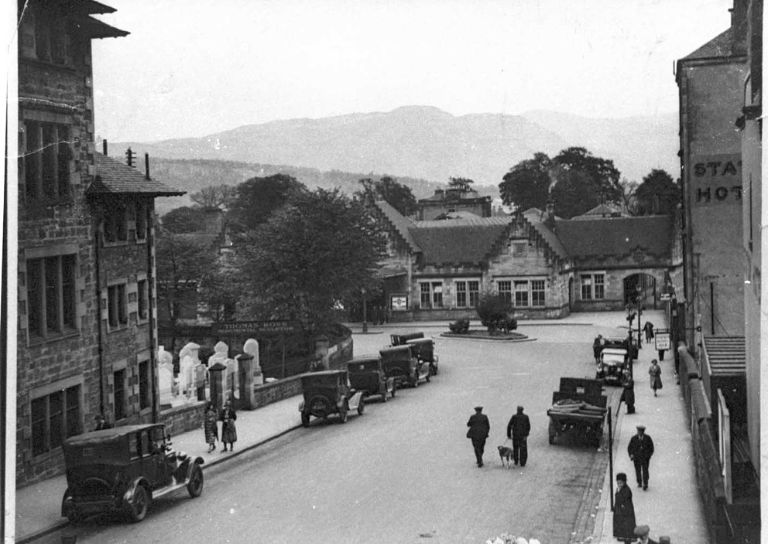
- My Favourite John Allan Building by Joe Hall
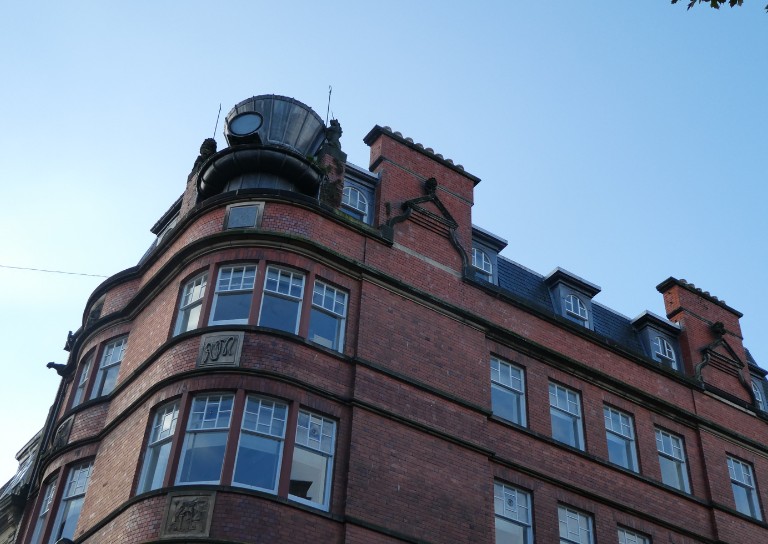
- My Favourite John Allan Building by Lindsay Lennie
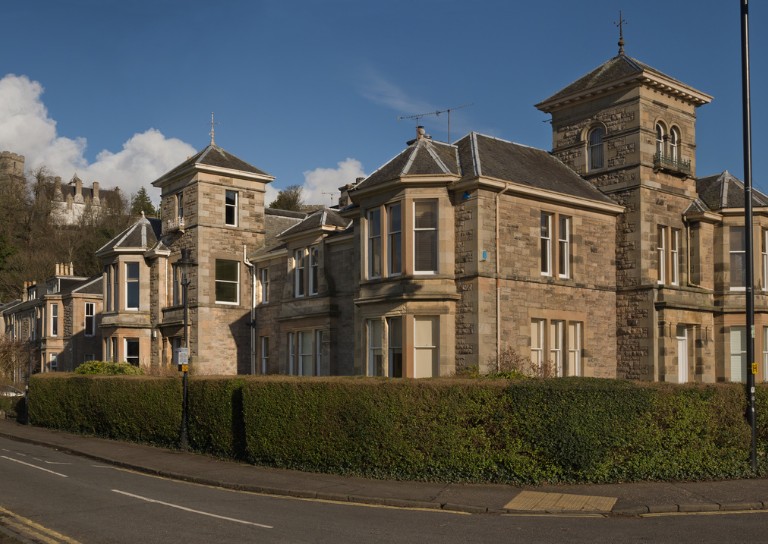
- My Favourite John Allan Building by Andy McEwan
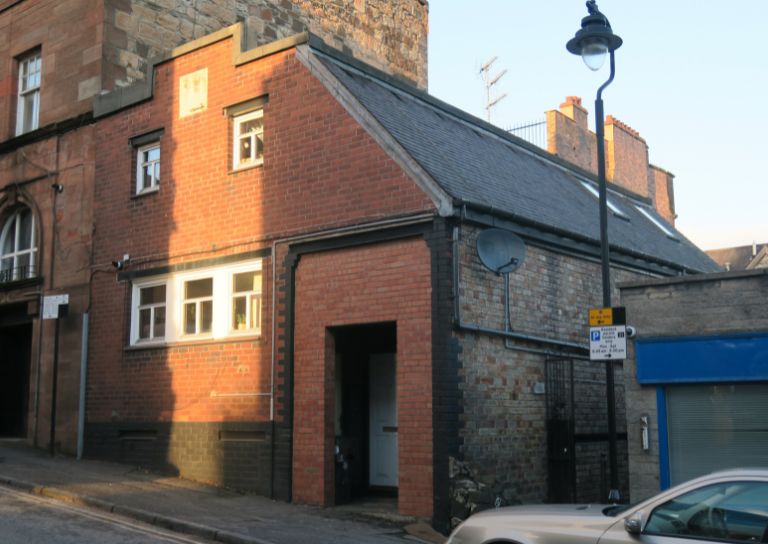
- My Favourite John Allan Building by Pam McNicol
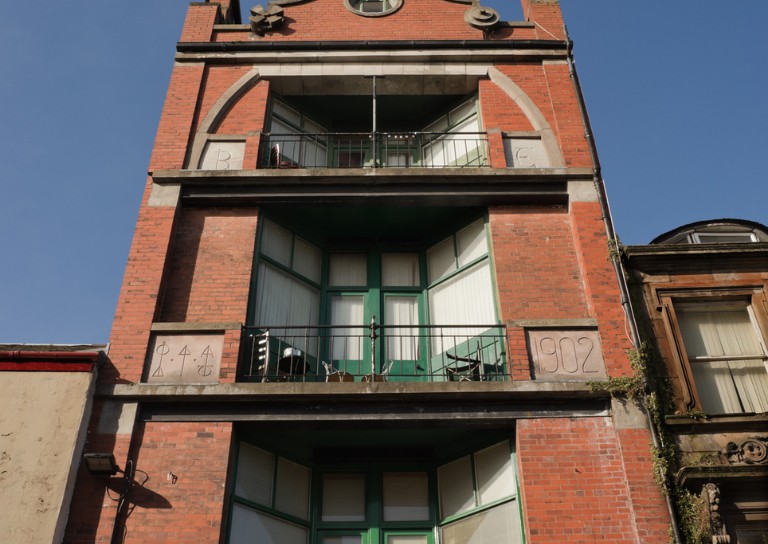
- Celebrating John Allan: A Man of Original Ideas
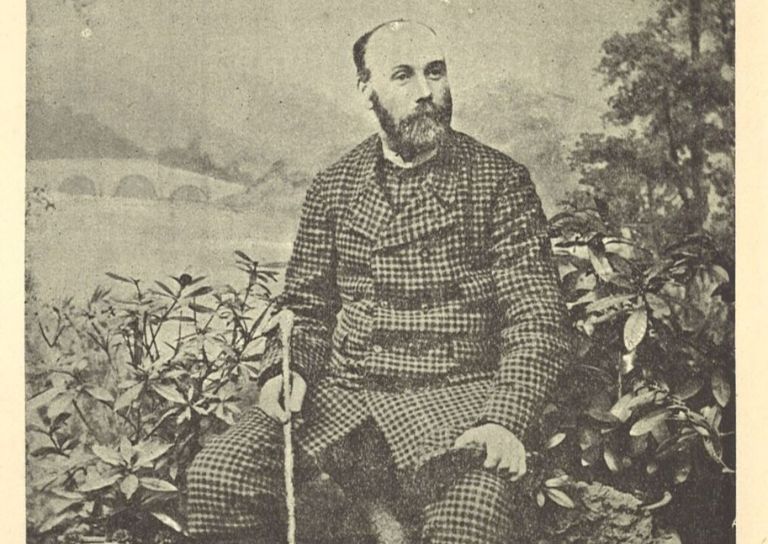
- The Tale of the Stirling Wolf
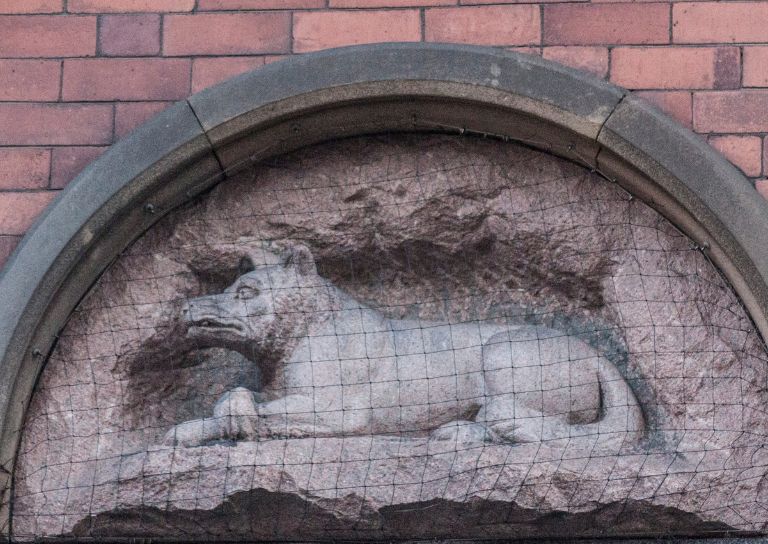
- Stirling: city of culture
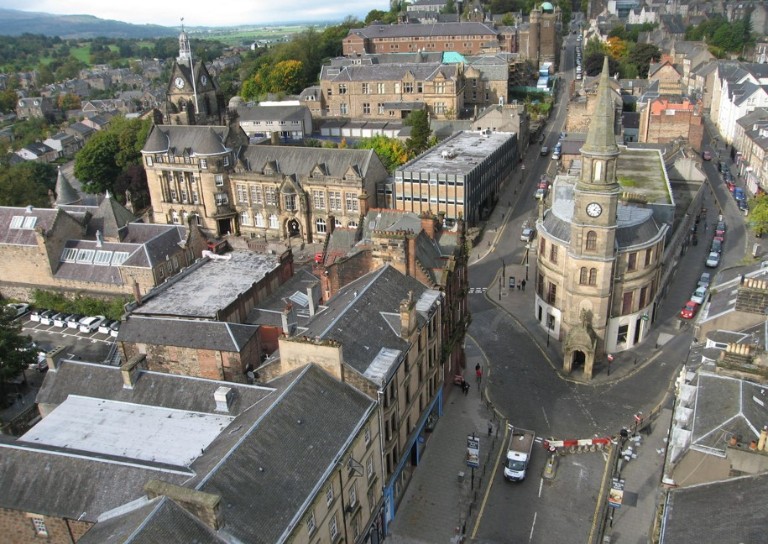
- Christmases Past in Stirling
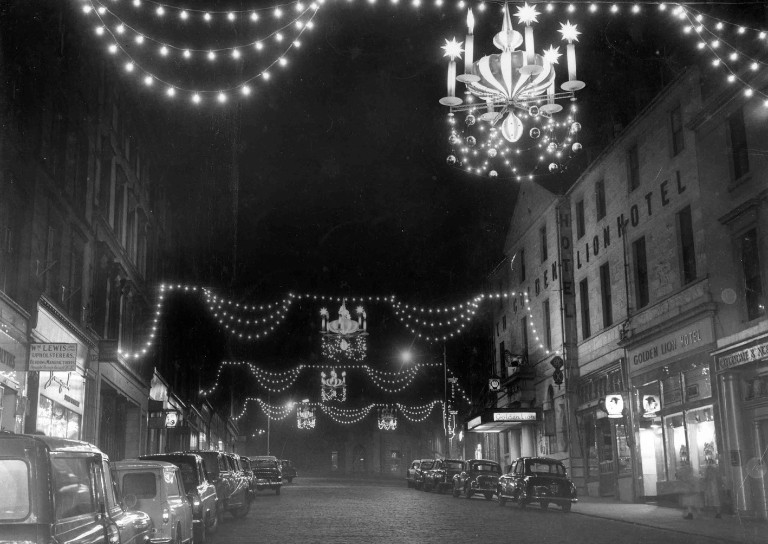
- Stirling’s Historic Graveyards
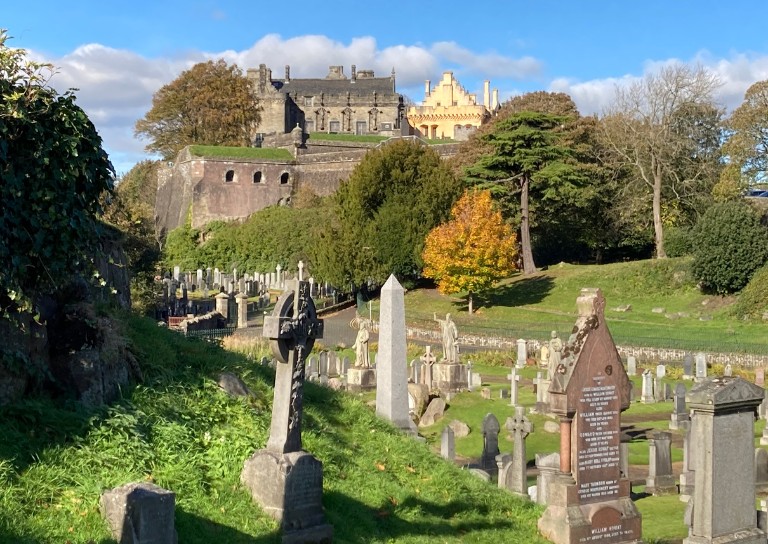
- Top 10 Tips for Architectural Photography
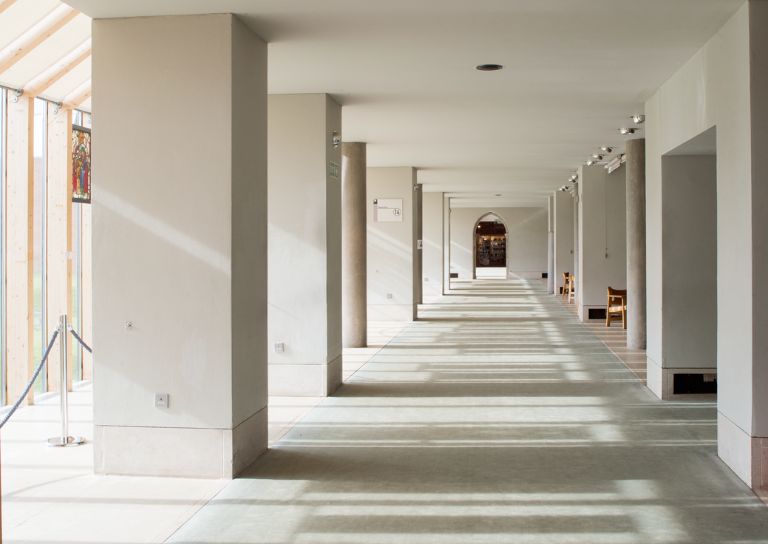
- An Interview with David Galletly
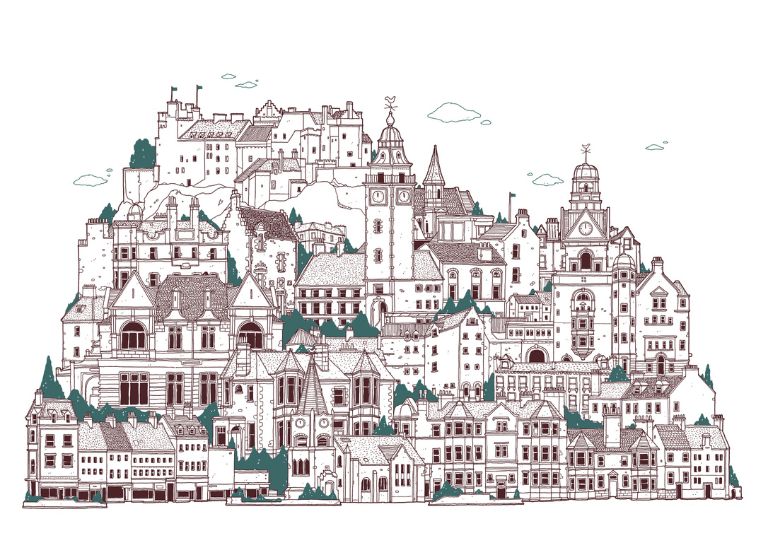
- Springtime in Stirling
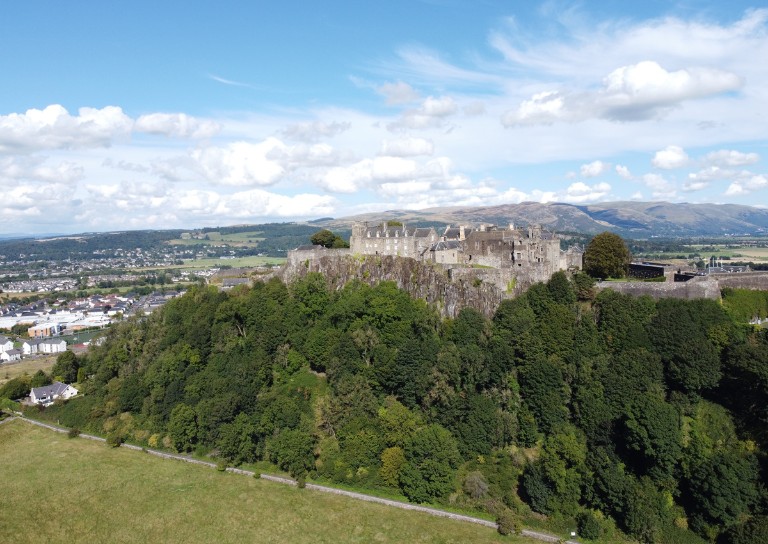
- The Kings Knot – a history
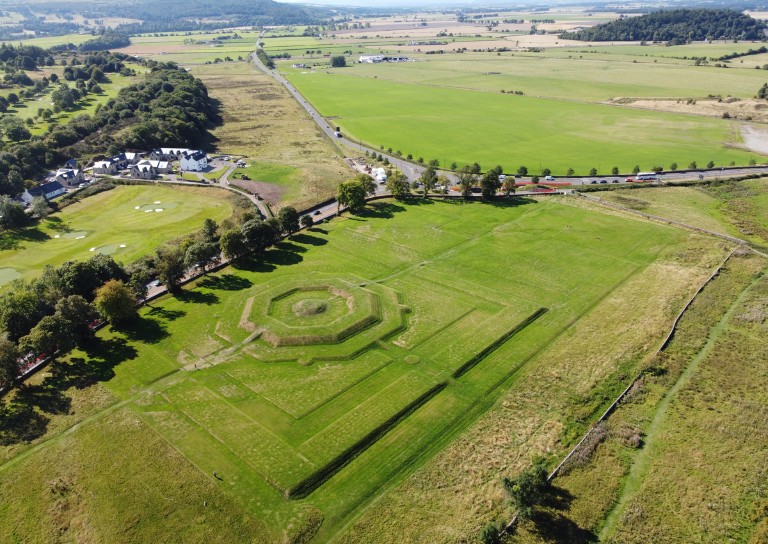
- A Future in Traditional Skills

- Robert Burns’ First Trip to Stirling

- Stirling’s Witches
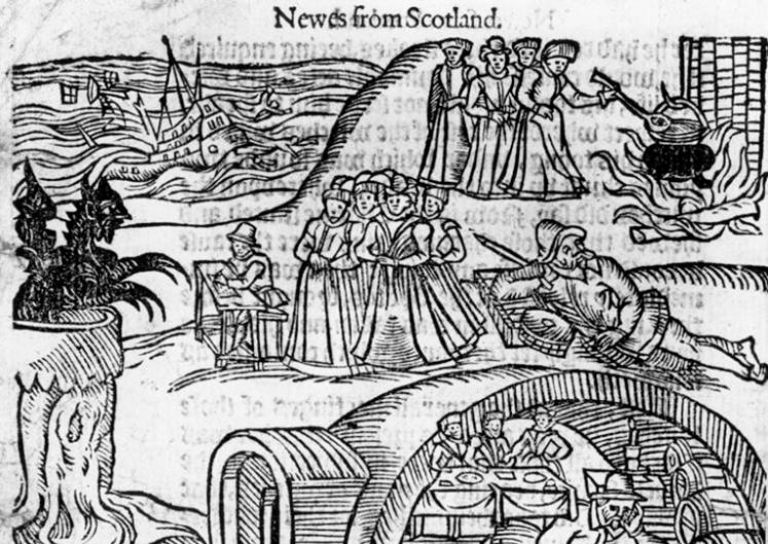
- Stirling’s Ancient Wells
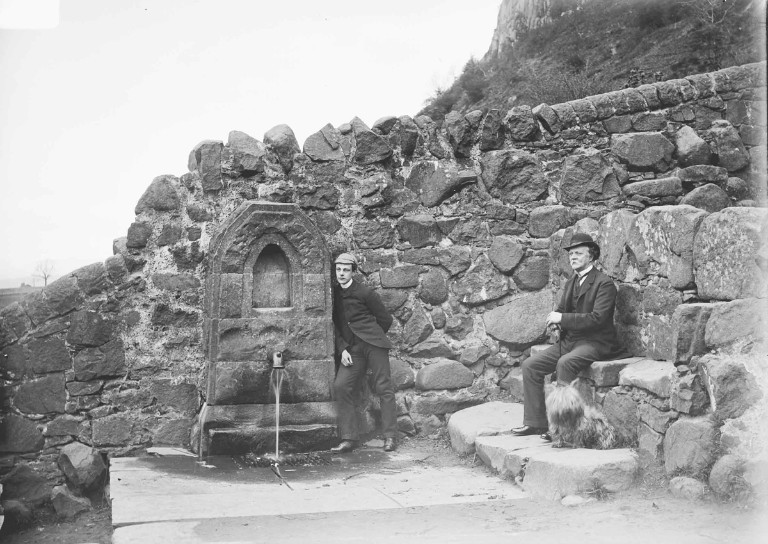
- An architecture student’s take on the City Of Stirling
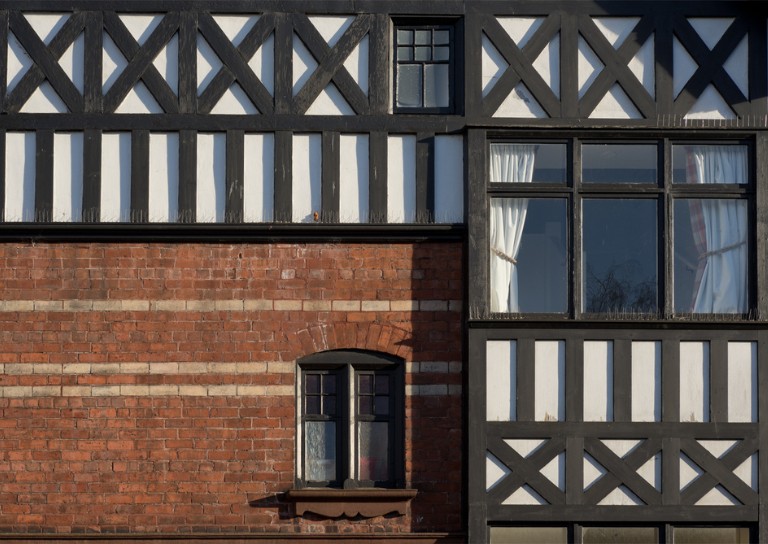
- Ronald Walker: Stirling’s Architect
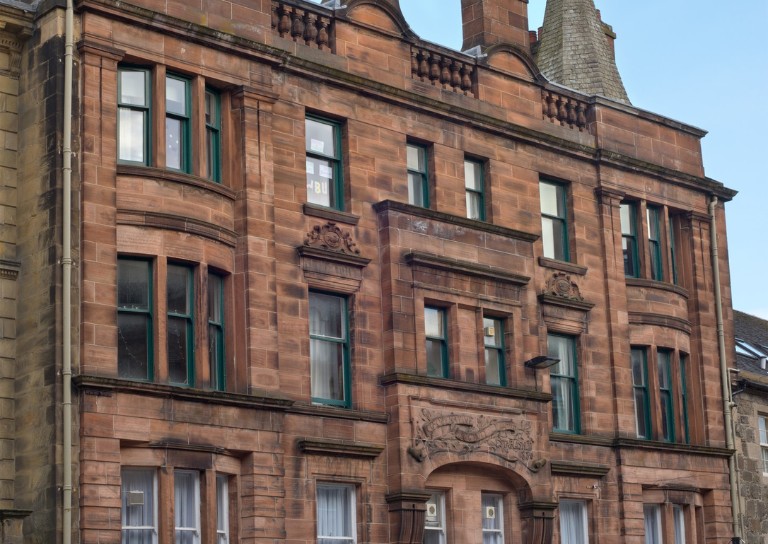
- Stirling’s Statues

- Stirling’s Wee Bungalow Shops
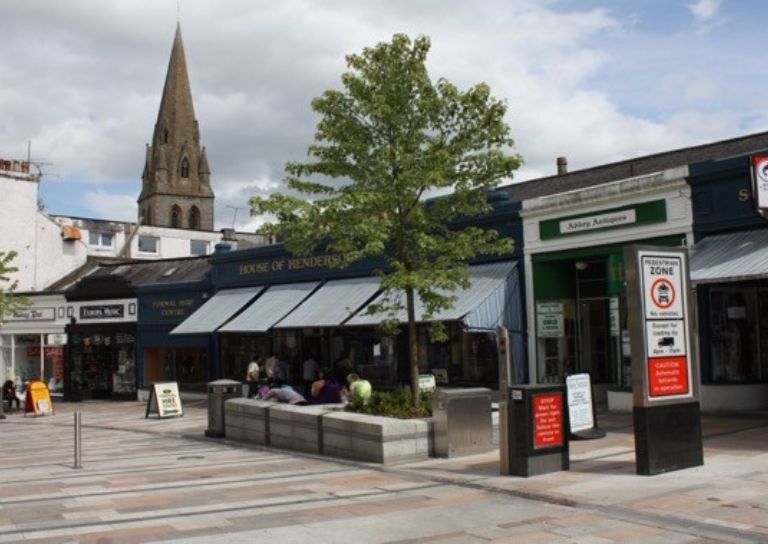
- Stirling’s Historic Hospitals
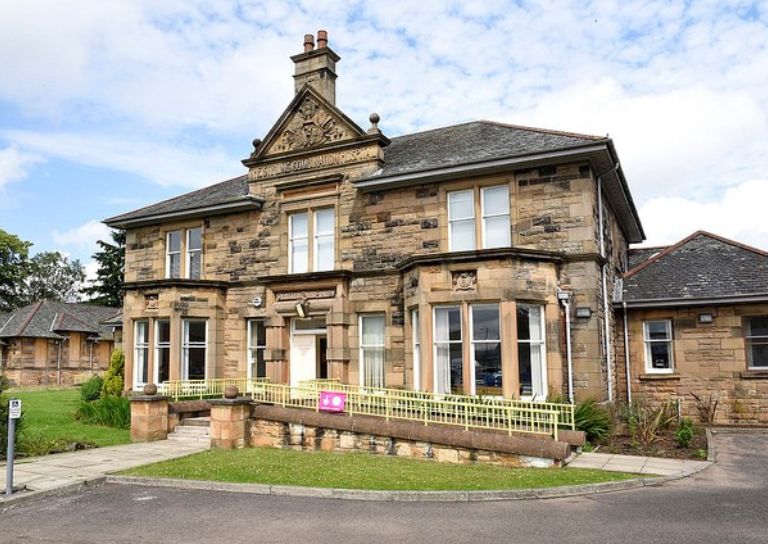
- Women in Digital Innovation and Construction
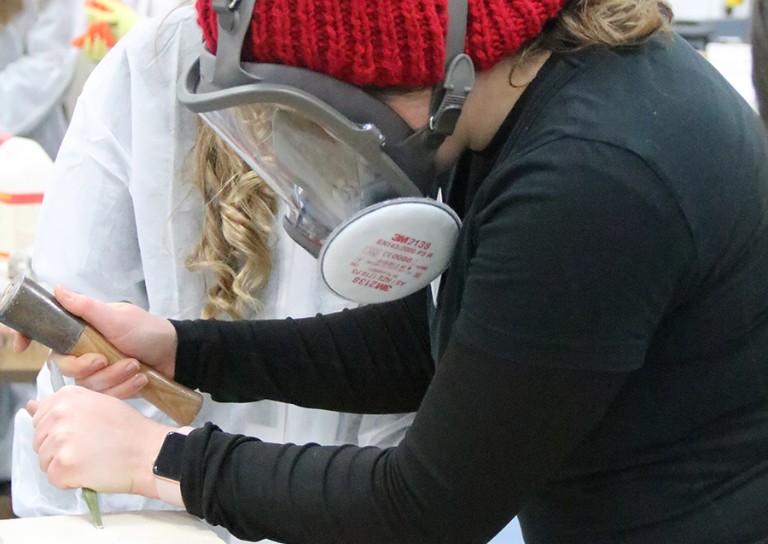
- Heritage at home: 8 of the best online heritage resources
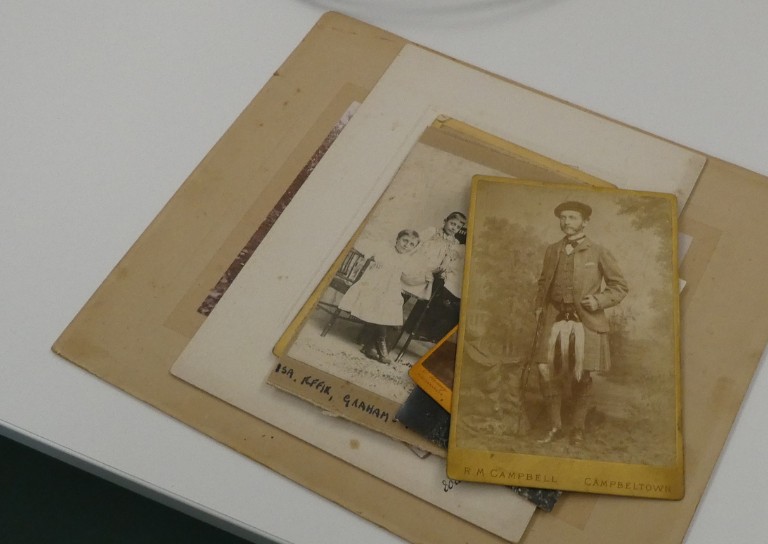
- Stirling featured at virtual heritage conference
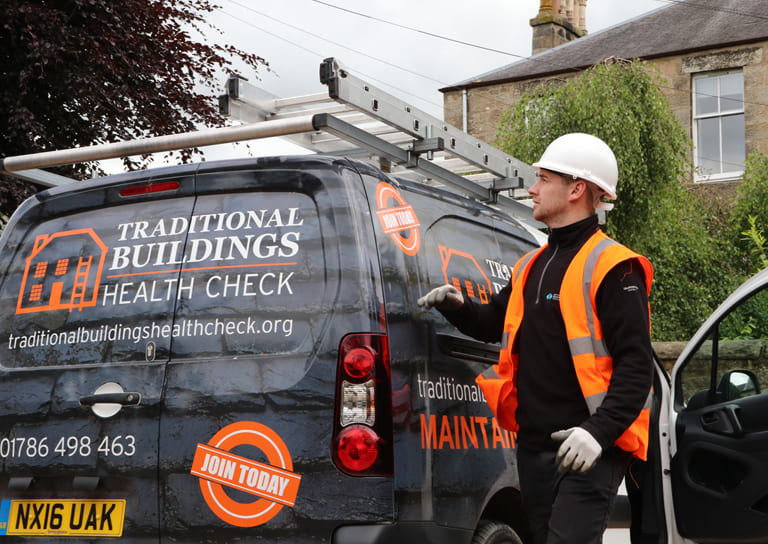
- Five of Stirling’s greatest John Allan buildings
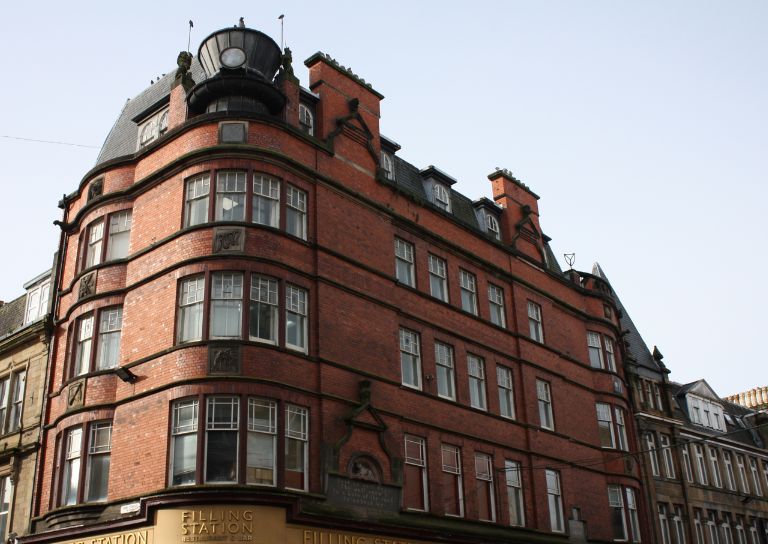
- Women in Construction – Stirling event report

- Scotland’s trailblazing women architects
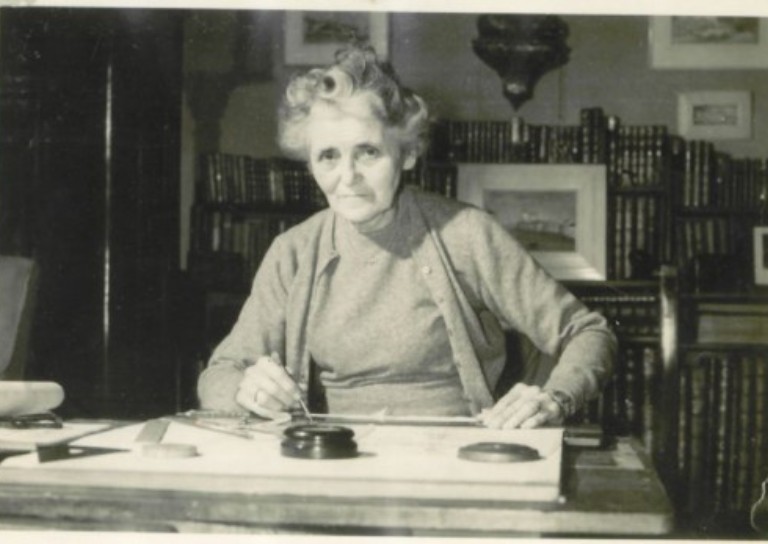
- Stirling’s Heritage: Spotlight on The Granary
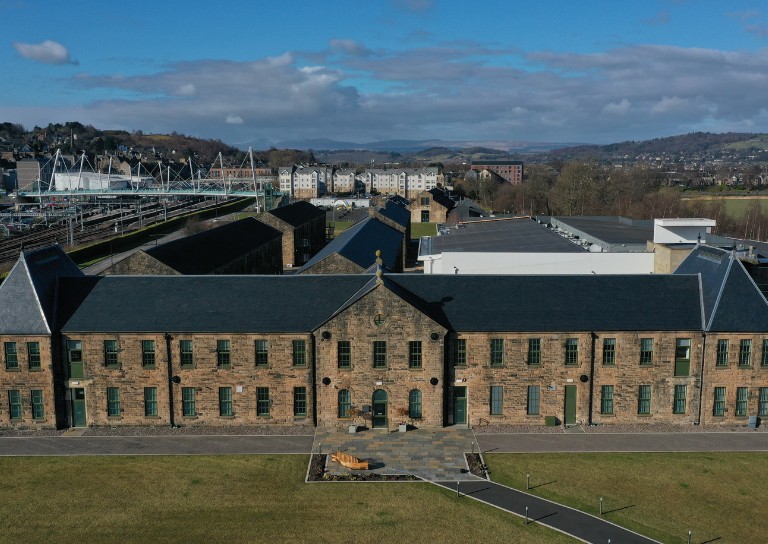
- TBHC Scheme now open to properties in Dunblane and Blairlogie
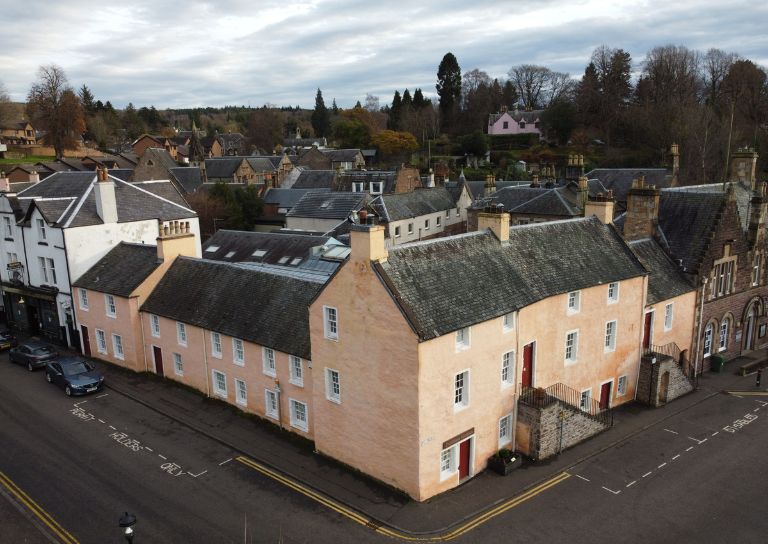
- How drones help us inspect traditional buildings
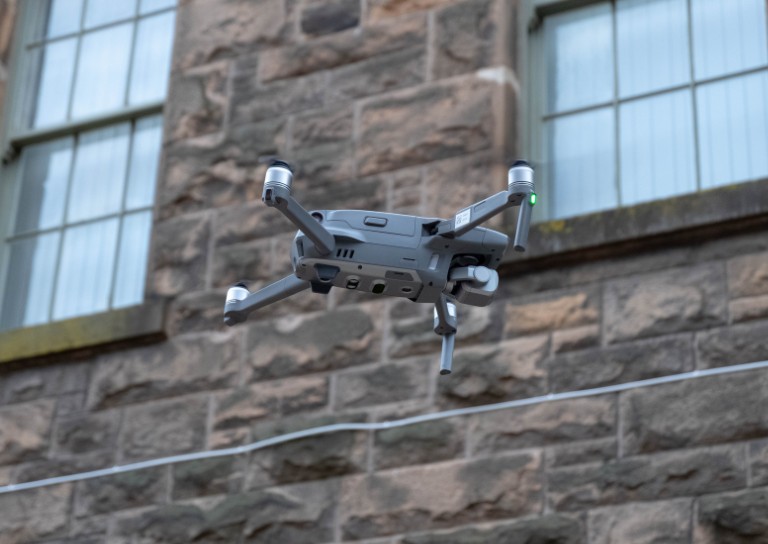
- Hazardous Masonry & Masonry Falls
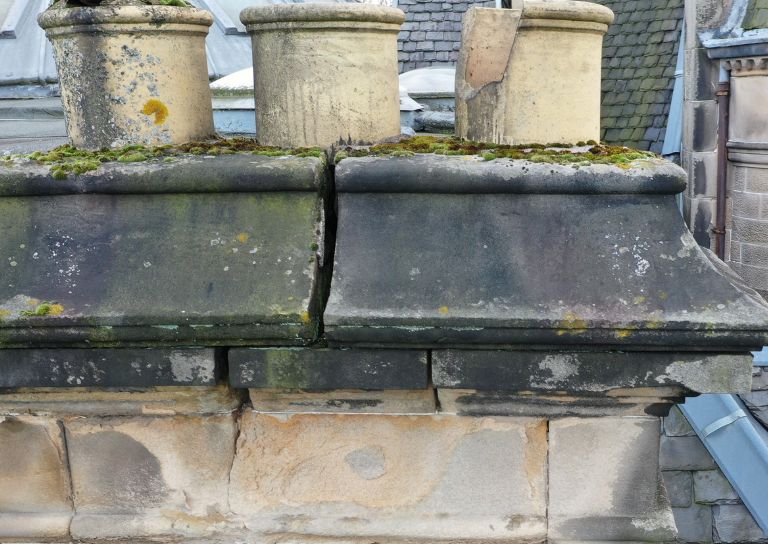
- Mason Bees: What’s the Buzz?
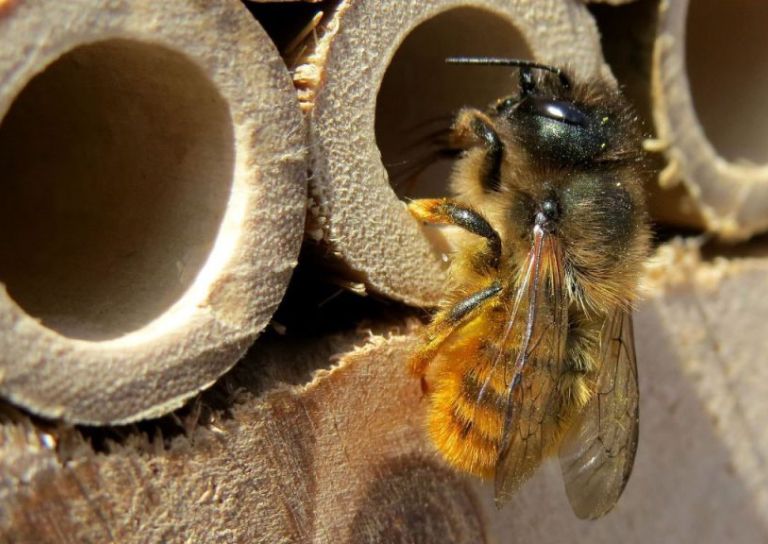
- Stirling Traditional Skills Demonstration Day Success!
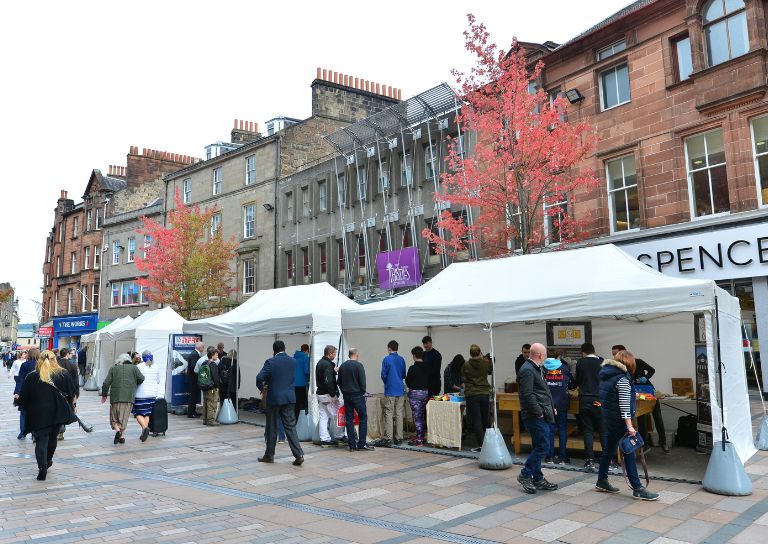
- Floating Head Sculpture at Garden Glasgow Festival 1988
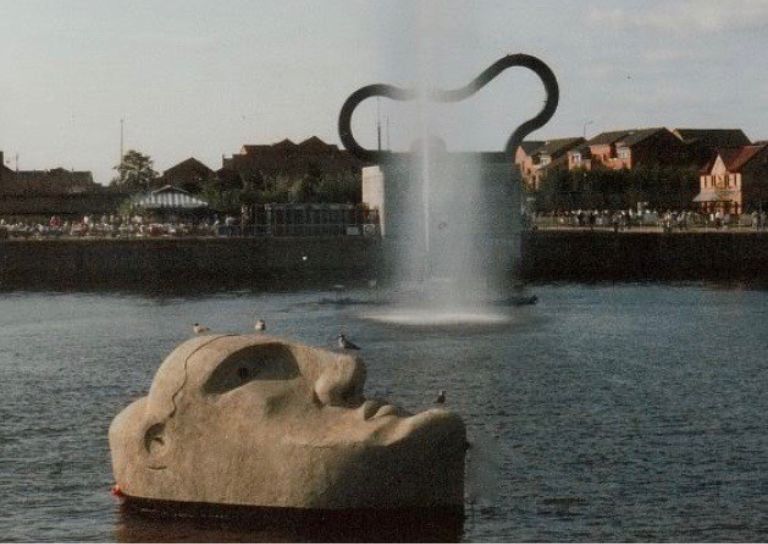
- The story behind Paisley Abbey’s Alien gargoyle
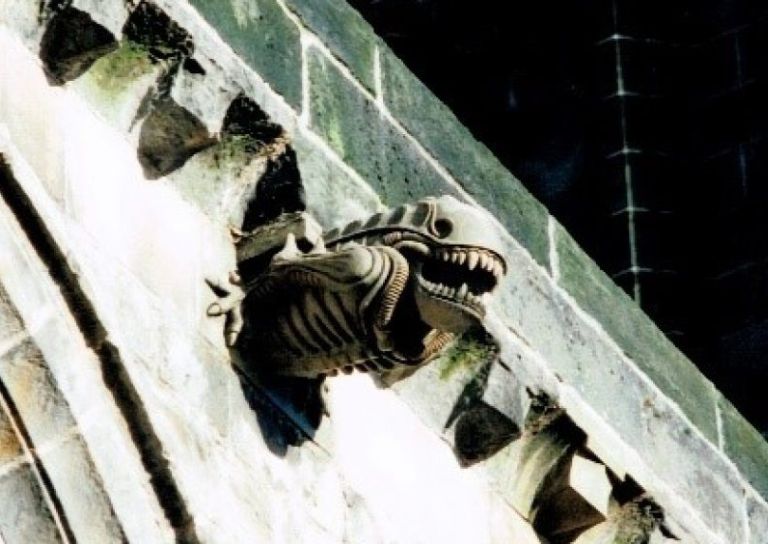
- Cambuskenneth Abbey

- Stirling City Heritage Trust Publications

- Sharing Memories: Taking '20 Great Buildings of Stirling' into the community
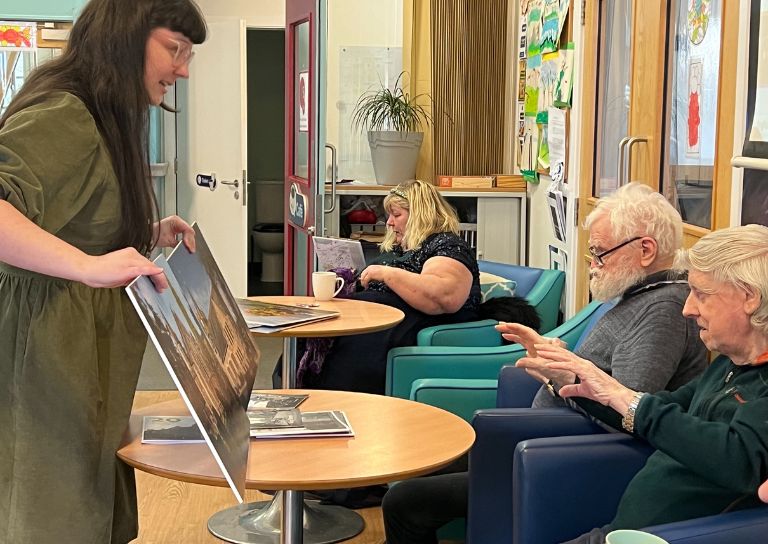
- William Wallace Statues In Stirling

- Coronations and Royal Christenings in Stirling
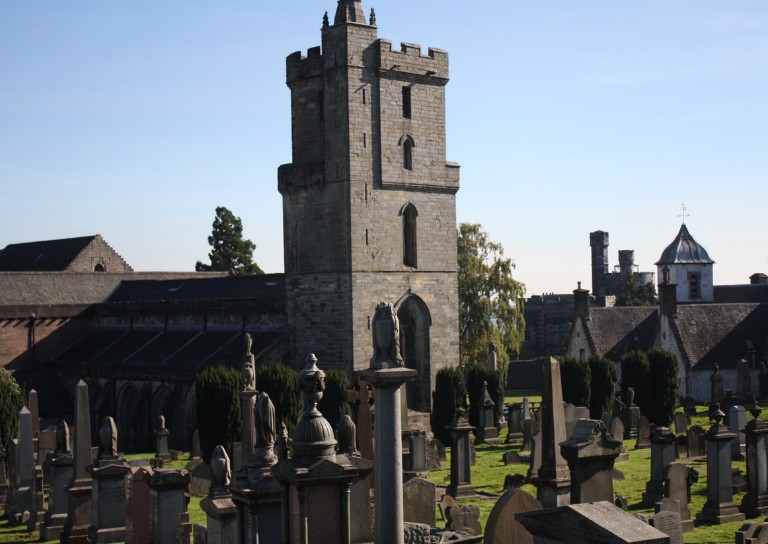
- The development of King's Park

- Energy efficiency project awarded grant from Shared Prosperity Fund

- Inspiring the Future: Stirling City Heritage Trust's Women in Construction Event at Wallace High
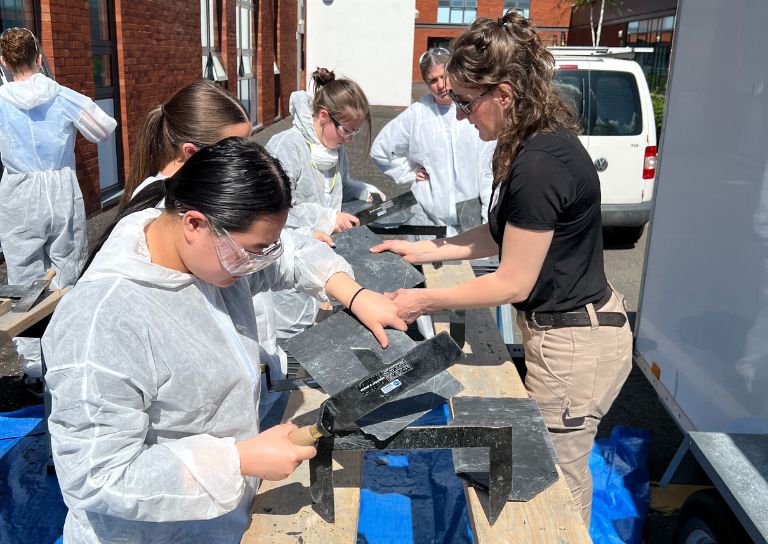
- Doors Open Days Talk: Who Built Stirling?
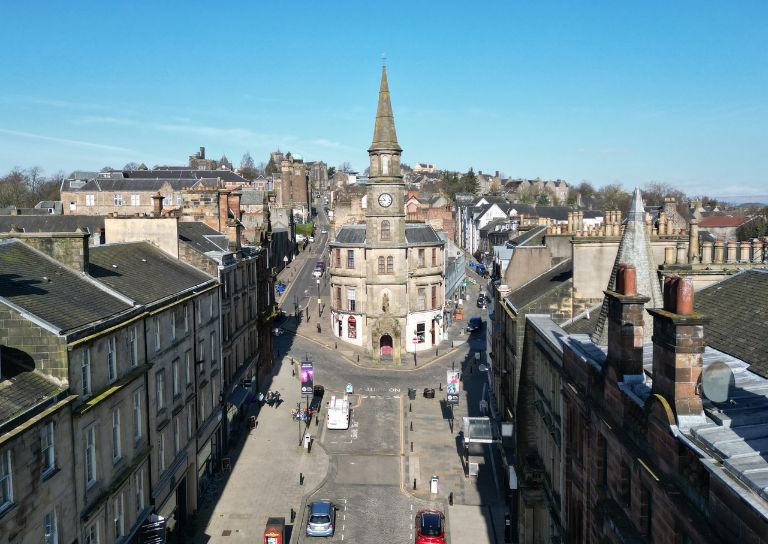
- 10 Years of the Traditional Buildings Health Check

- Growing up in Stirling: A Night of Reminiscence at The Smith
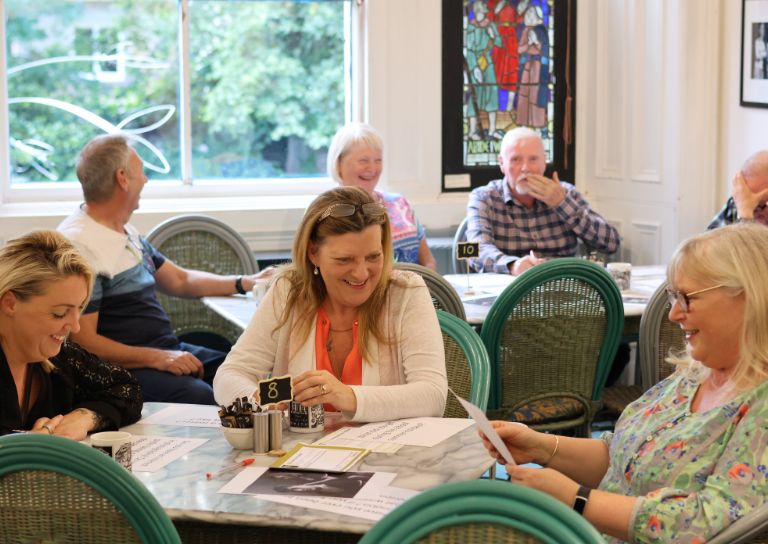
- SCHT visit to Brucefield Estate, Forestmill, Clackmannanshire
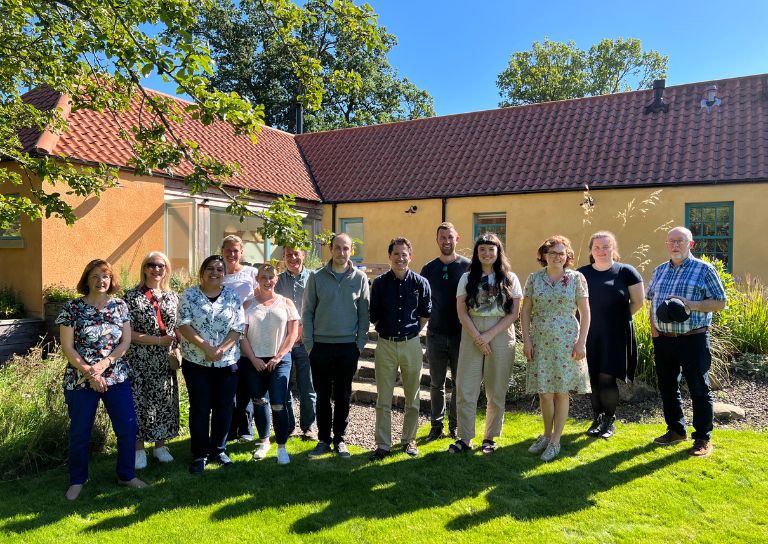
- Statement on Christie Clock
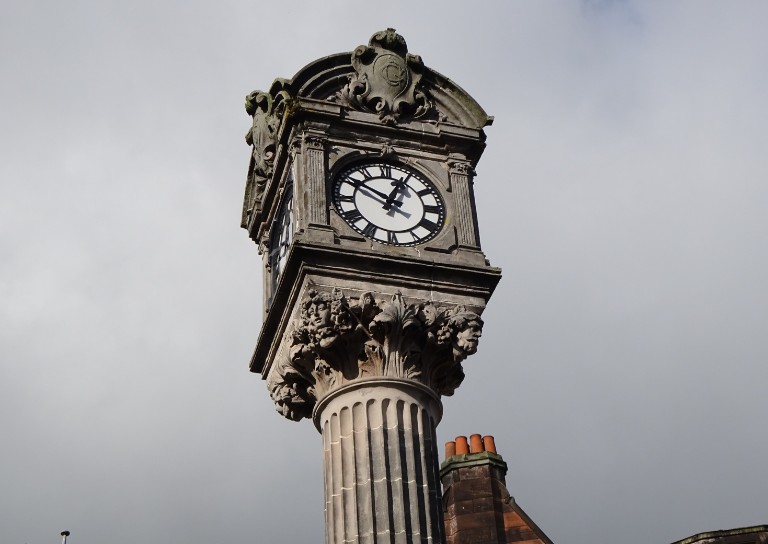
- Stirling’s Lost Skating Heritage
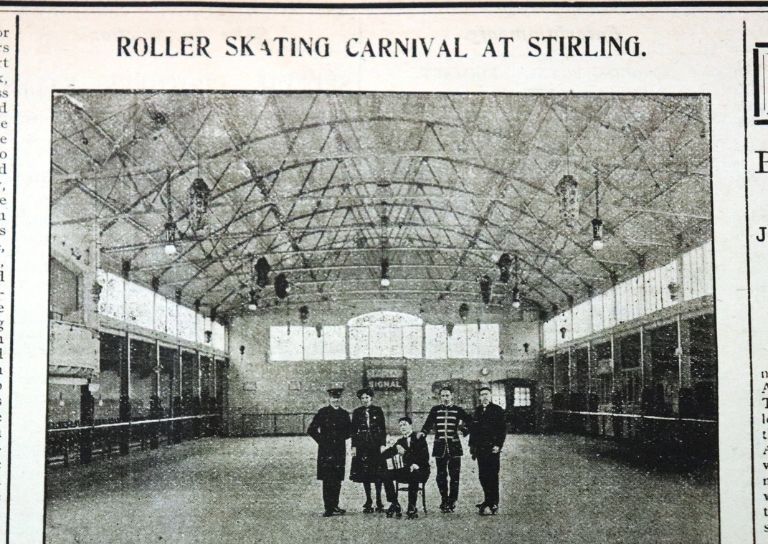
- Laurelhill House and the West Indies
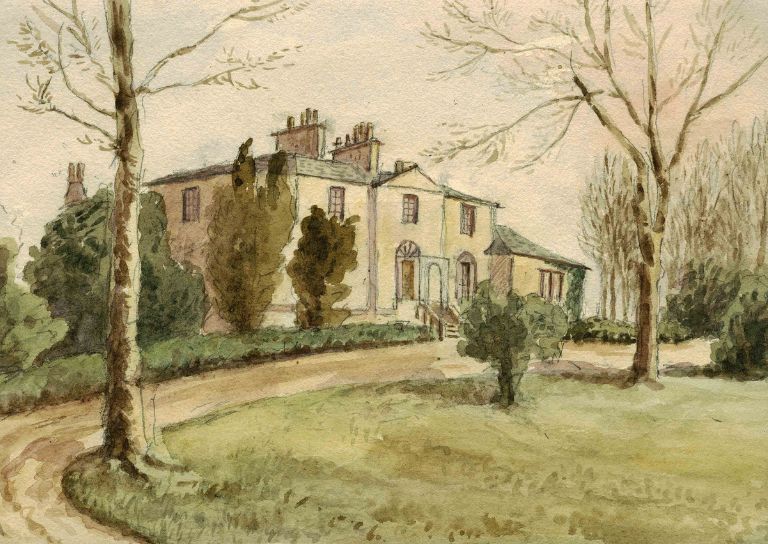
- Beechwood House and the Transatlantic Slave Trade
- About Us
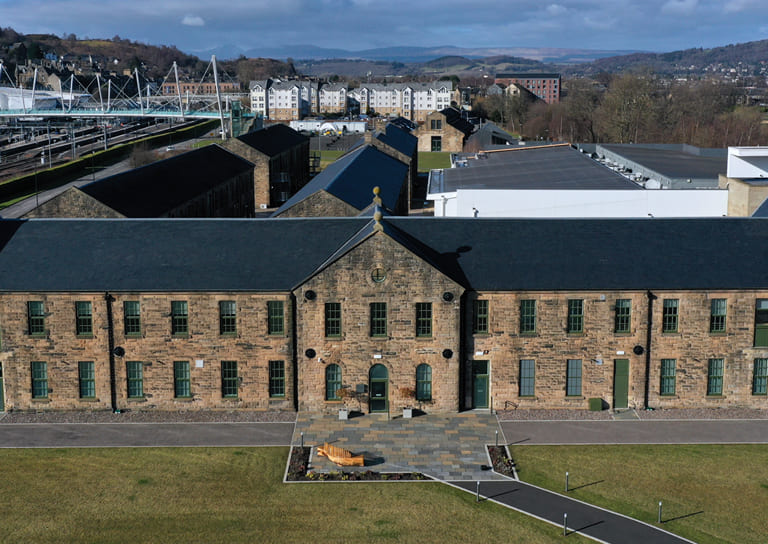
- Support Us
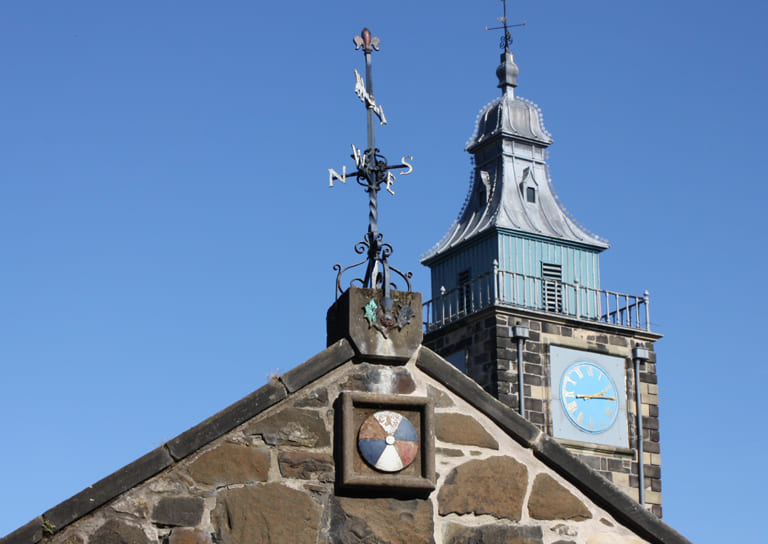
- Contact
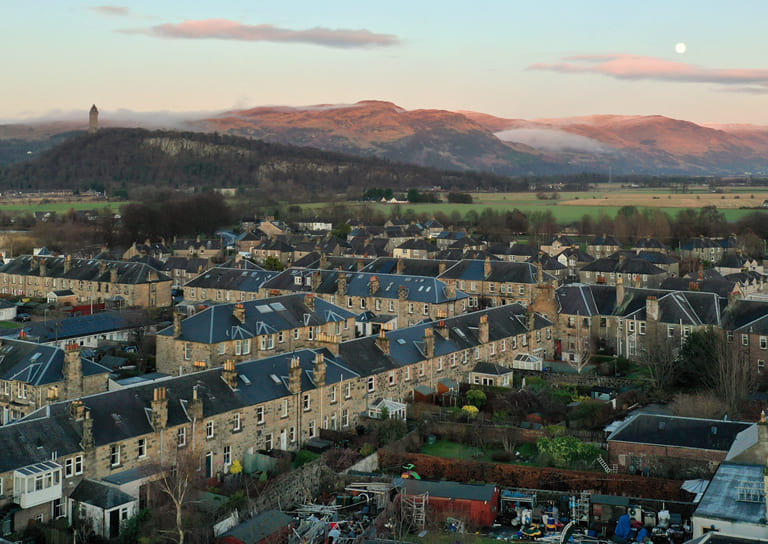
Stirling’s Heritage: Spotlight on The Granary

The B-Listed Kerse Cornmill, which currently lies empty, is one of the few industrial buildings left in Stirling which date from the early 1900s. Kerse Cornmill has been mostly unused since 1991; this led to its owners applying to Stirling Council for permission to demolish it after commissioning an independent appraisal from Hypostyle Architects. Hypostyle stated that the building was unsafe and posed a health and safety risk to users. They also felt that:
The building cannot be adapted for use as part of the surrounding car dealership operations. The only function previously considered had been storage and offices, the adoption of which is not economically viable as there is not requirement or need for it.
The grain store is now surrounded by later modern buildings, which have hemmed it in, and it is currently on the Building’s at Risk Register for Scotland as it is in a very poor condition.
In c.1904 this 3-storey red brick building was erected to store the grain of Robert Walls and Sons of Kerse Mills on what was the Polmasie Estate, and it still contains numerous industrial fixtures and fittings from the period. The store was also used to prepare and mix grains to produce a type of horse feed known as ‘chop’. Kerse Cornmill is considered to be ‘a uniquely sophisticated building of its type in Scotland', and for this reason alone it is worthy of rescue.
The grain store, or Granary as it is colloquially known, was ideally situated near Stirling’s train station, enabling the easy transportation of goods to and from the store. In this image taken by architectural historian Professor John Hume in 1974 you can see the following text painted on the side of the building:
ROBERT WALLS & SONS
OATMEAL & PROVENDER MILLERS
AGRICULTURAL MERCHANTS
Unfortunately, the paint has now completely faded, and the timber awnings seen in this image have long since gone; they would originally have sheltered carts loading and unloading building from the worst of the Scottish weather.
The Cornmill is just 1 of 53 Buildings at Risk in the Stirling area. There are 17 buildings have been placed in the high risk category, and 3 are in the critical risk category, which means that there is an immediate threat to the building either through demolition or further deterioration. However, things can be turned around. SCHT’s new office is located in Cameron House at The Barracks behind Stirling train station.
The Barracks were built by the British Army c.1886 and had been on the Building’s at Risk Register since 2009. Purchased by the Robertson Trust in 2017 and subsequently refurbished, The Barracks is now an important Third Sector Hub and is home to a number of Scottish charities including Enable Scotland and Barnardo’s. The success of this redevelopment, and others like it across Scotland, is encouraging. A state of climate emergency has been declared by numerous countries, which has made the heritage sector even more aware of the importance of the embodied energy contained in our historic built environment. Embodied energy is the energy consumed by a building throughout its life, from the energy needed to create the building to the energy required to maintain, operate and demolish. This means that there is a strong argument for retaining traditional buildings, which are generally constructed from durable and long-lasting materials. Historic Environment Scotland research has shown that:
Retaining existing buildings and seeking to enhance their energy performance in sensitive ways is in keeping with building conservation, sustainability and progress towards a low carbon society.
As a society we need to focus our energies on adapting our traditional building stock. Those taking an active interest in Stirling’s heritage are playing a part in this positive movement.


